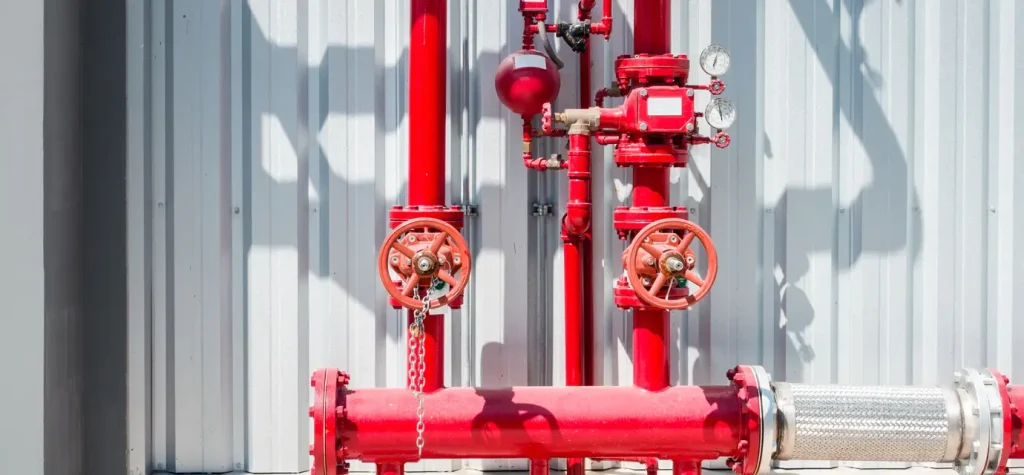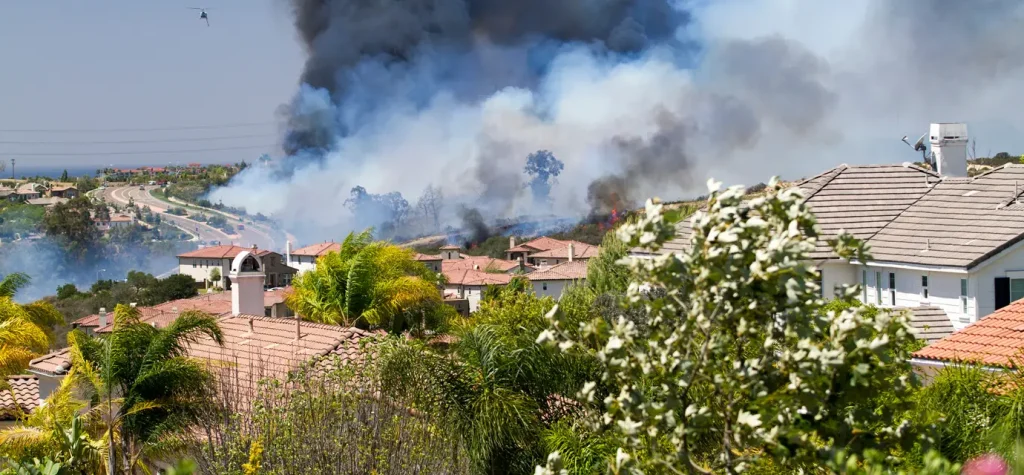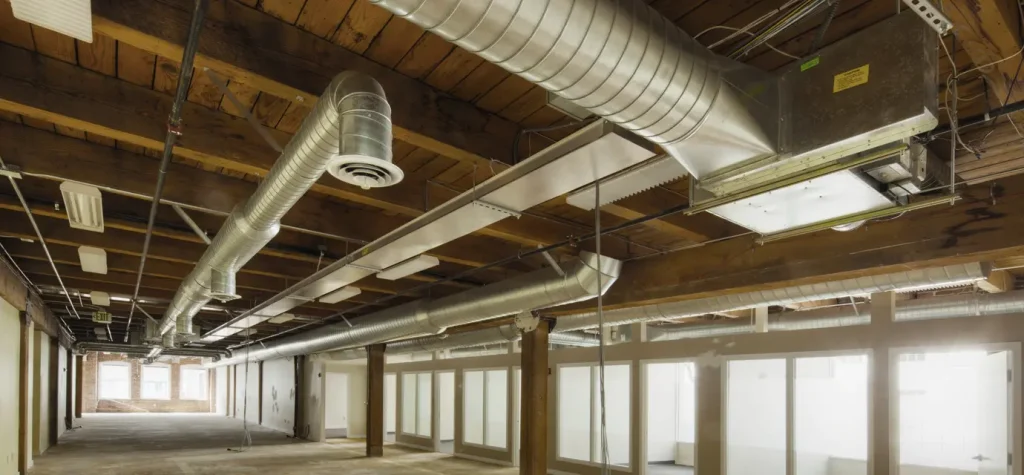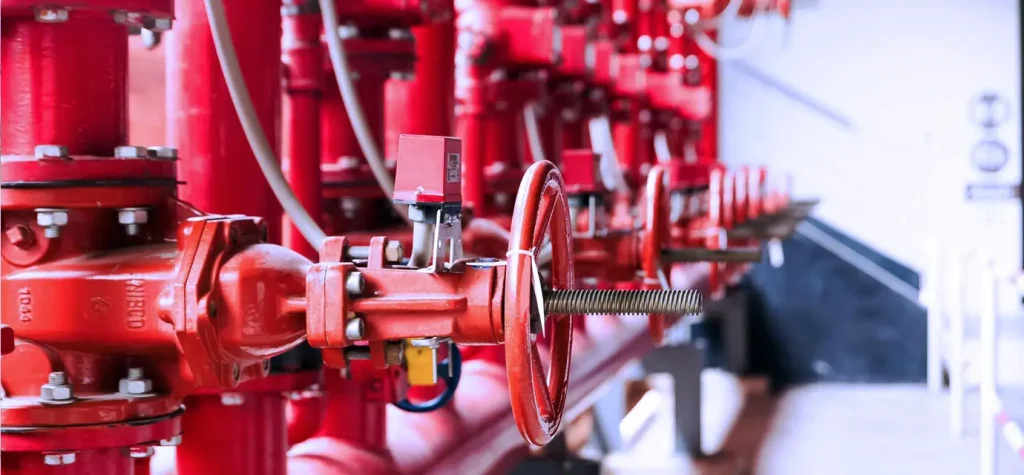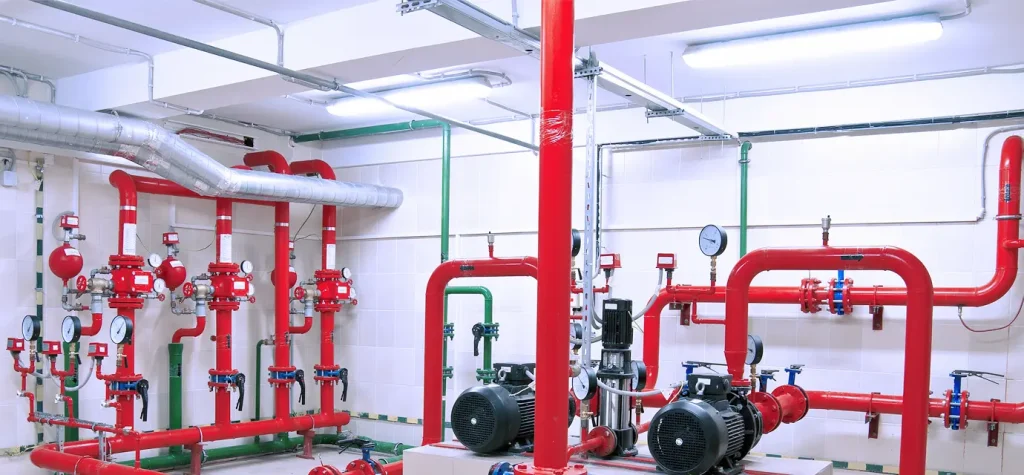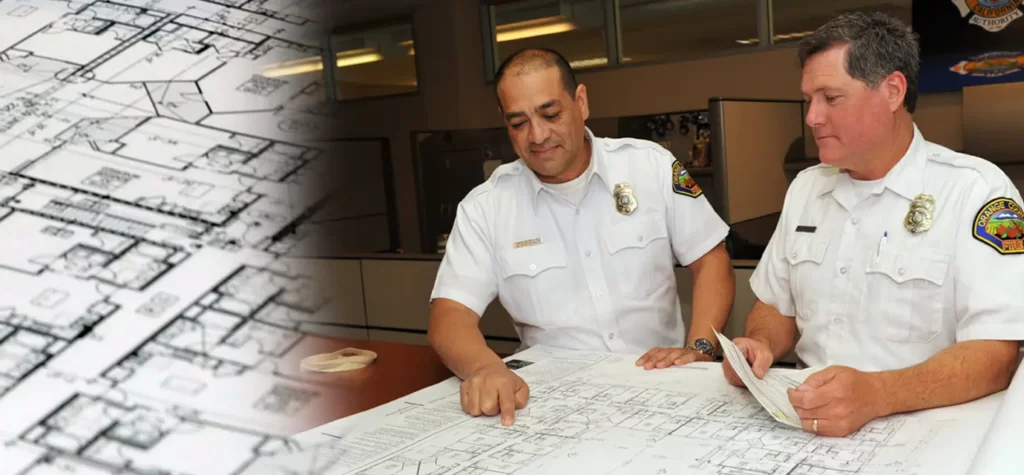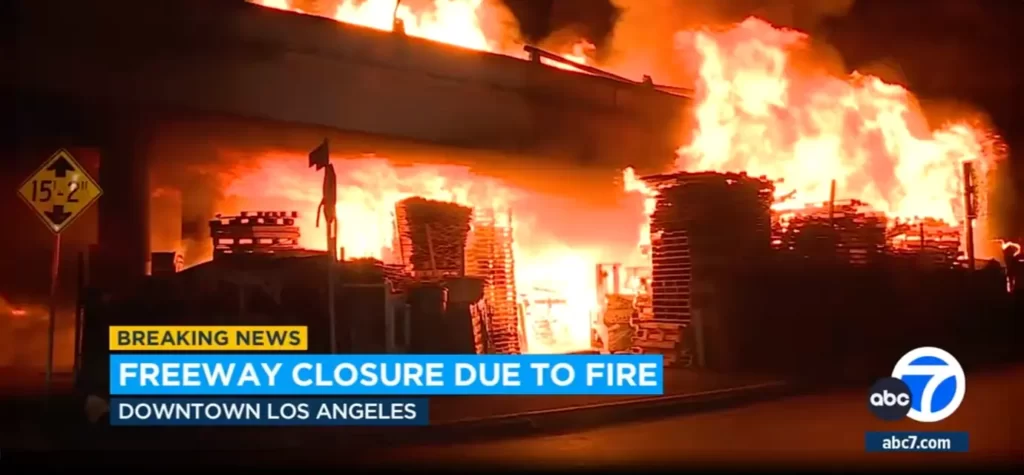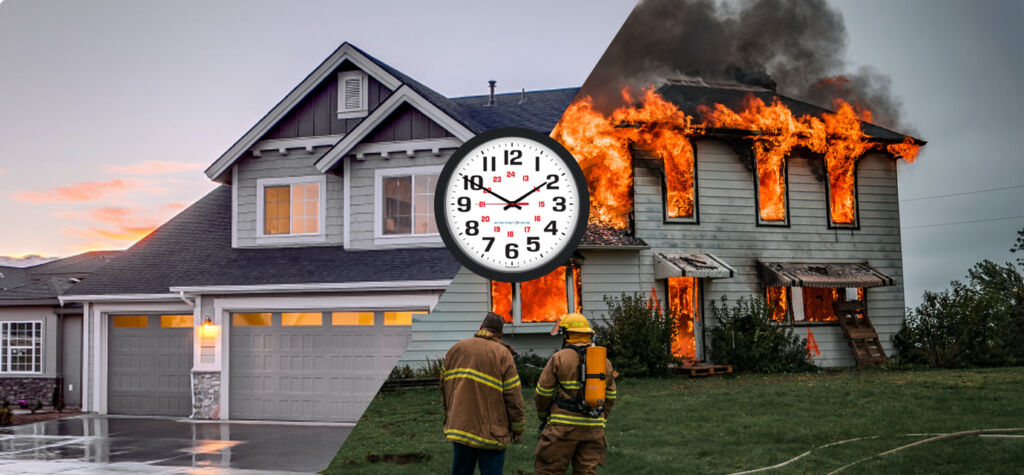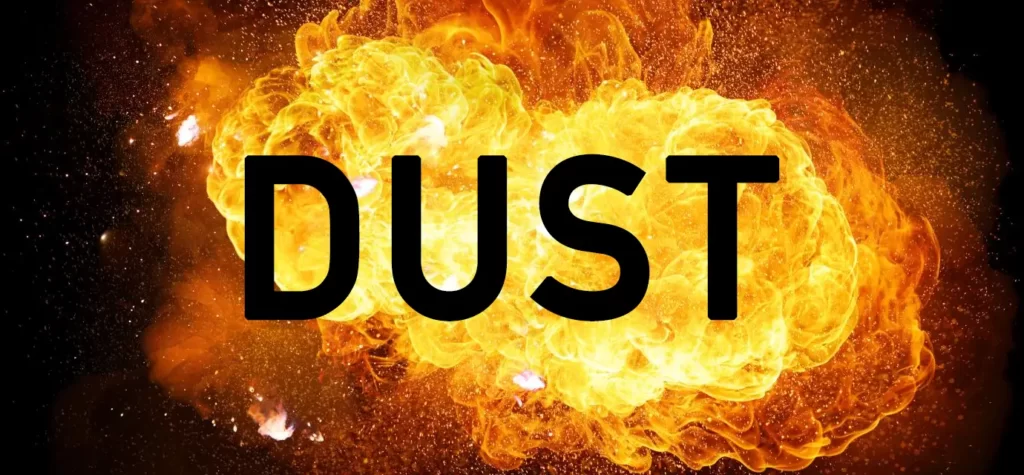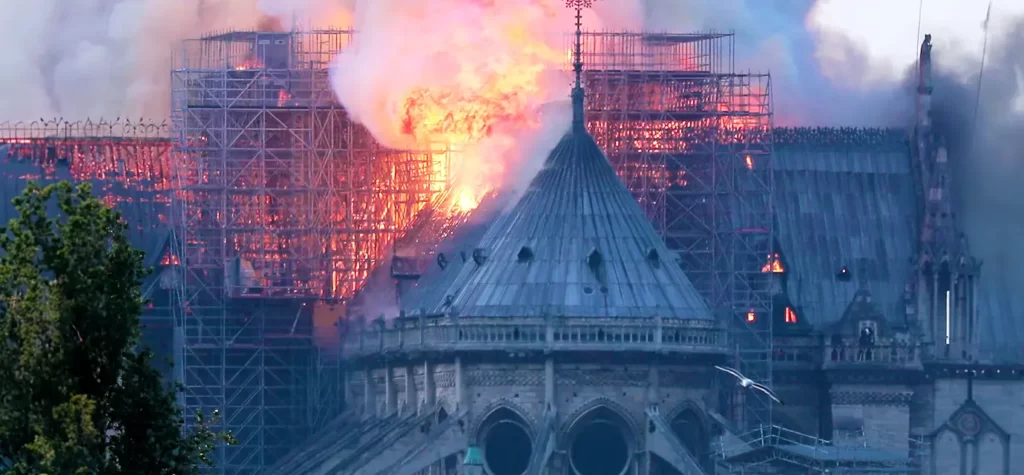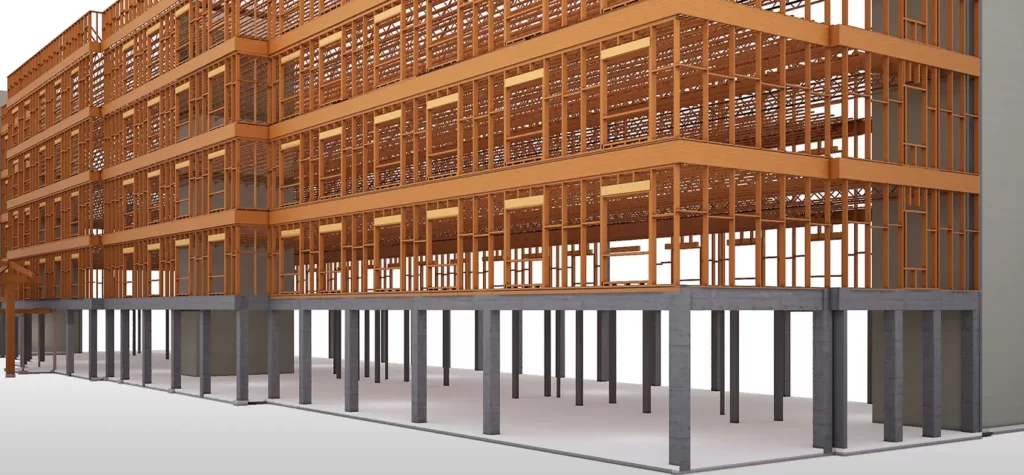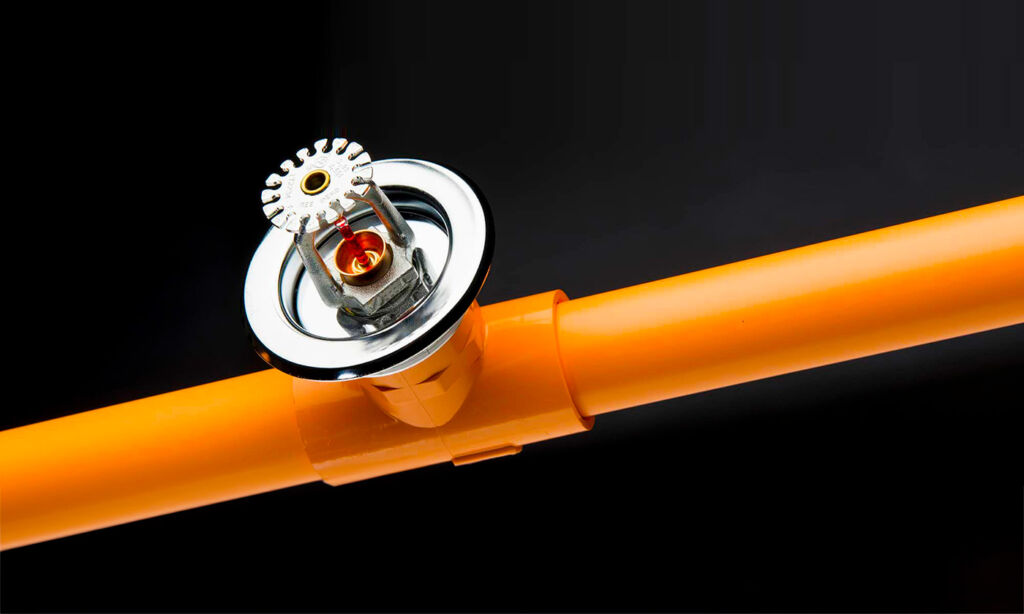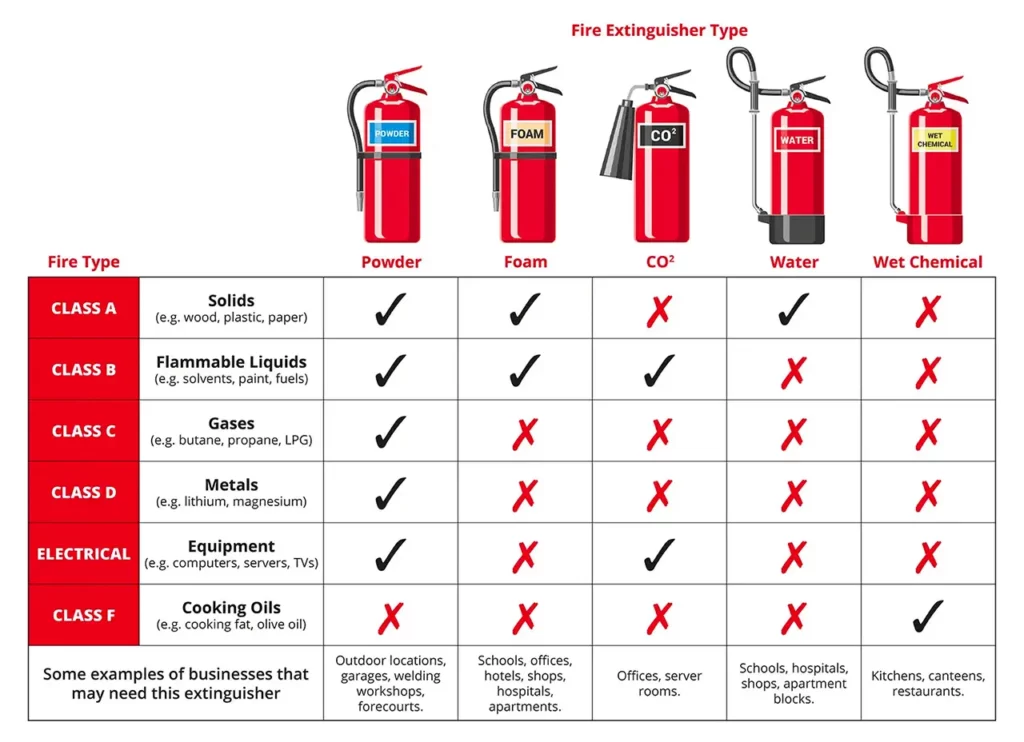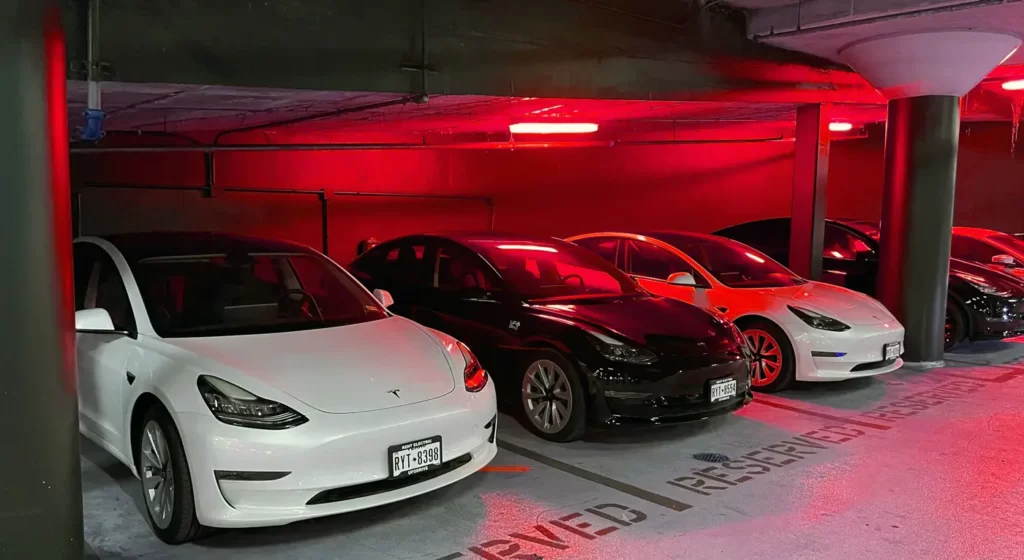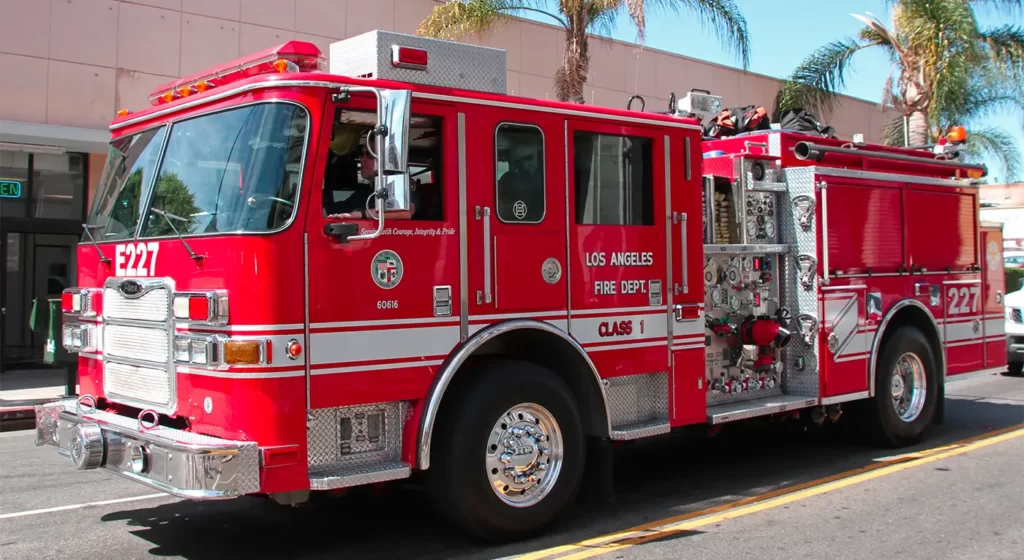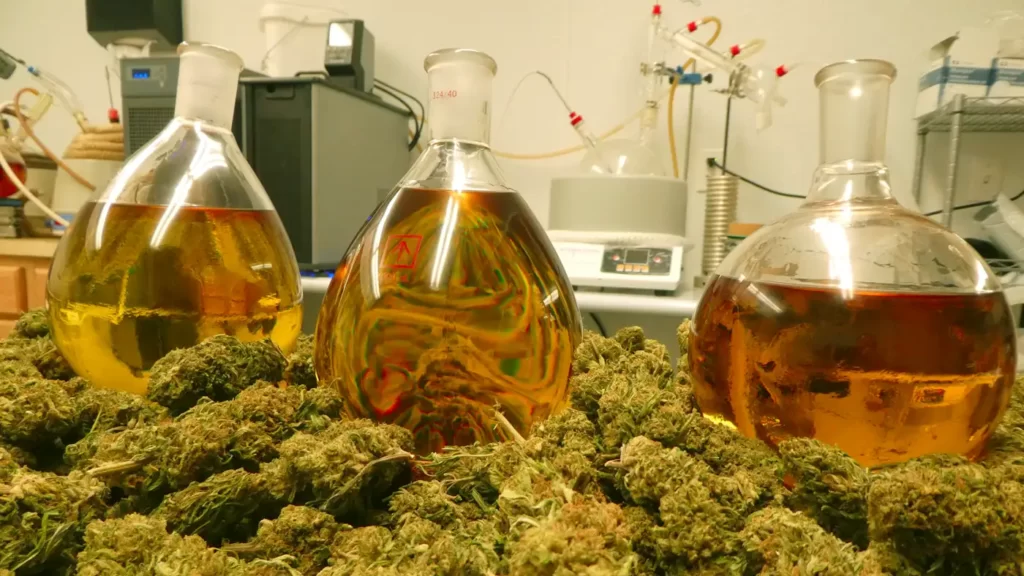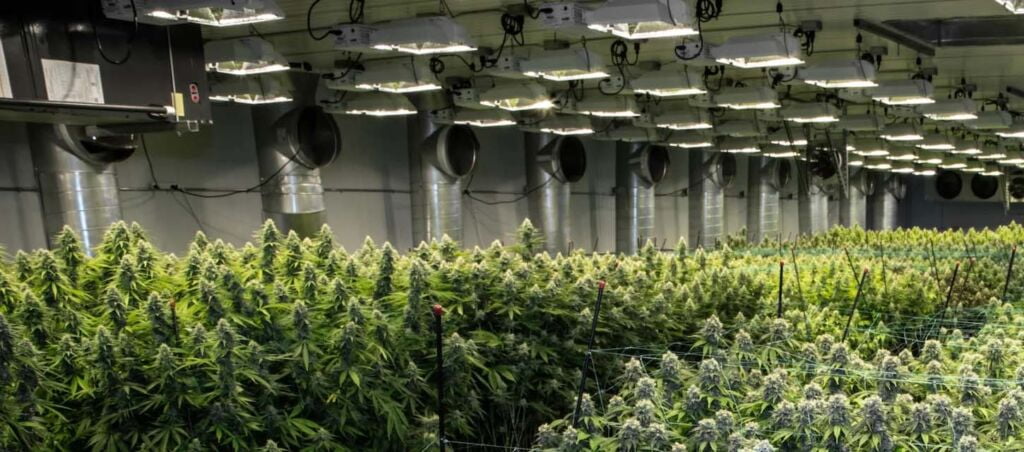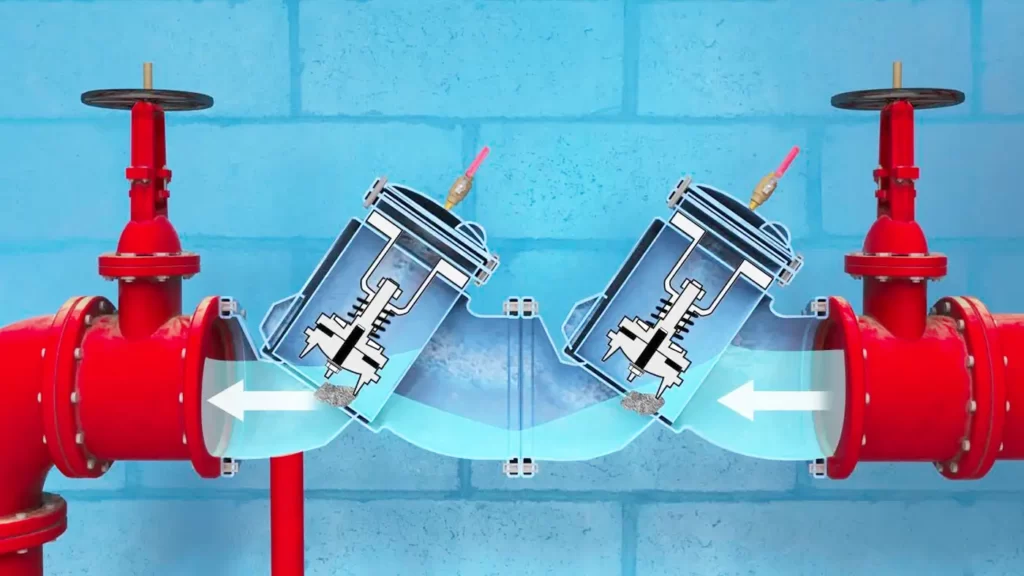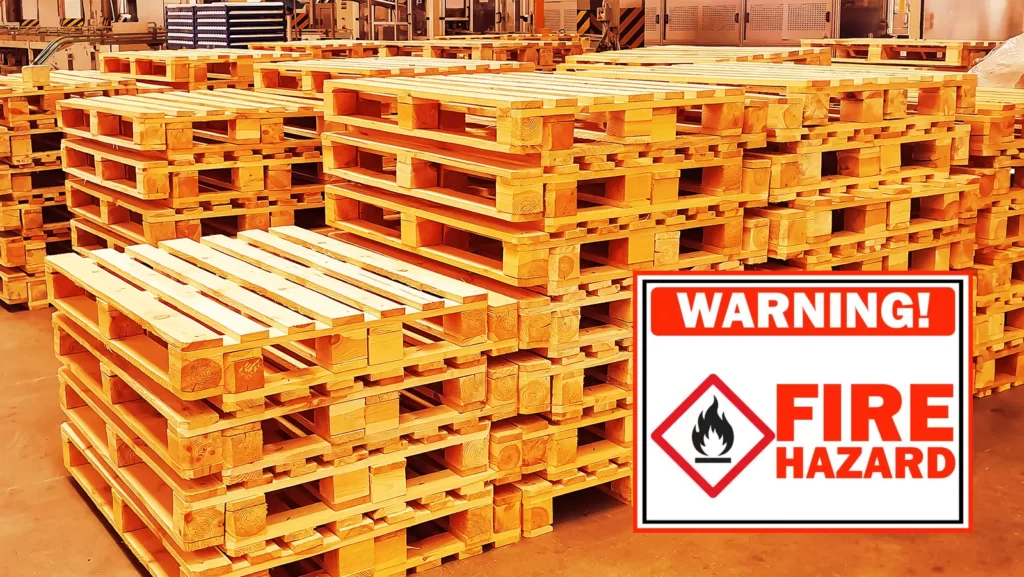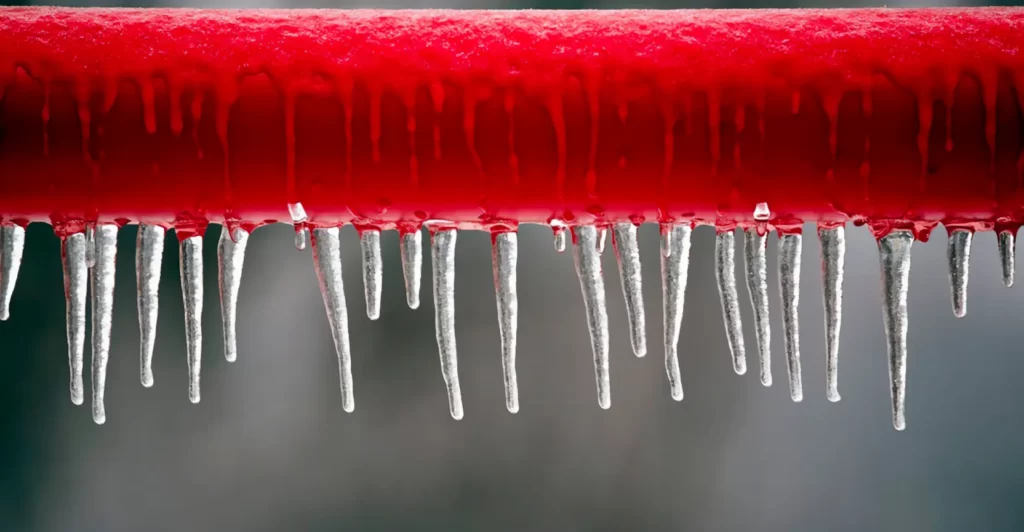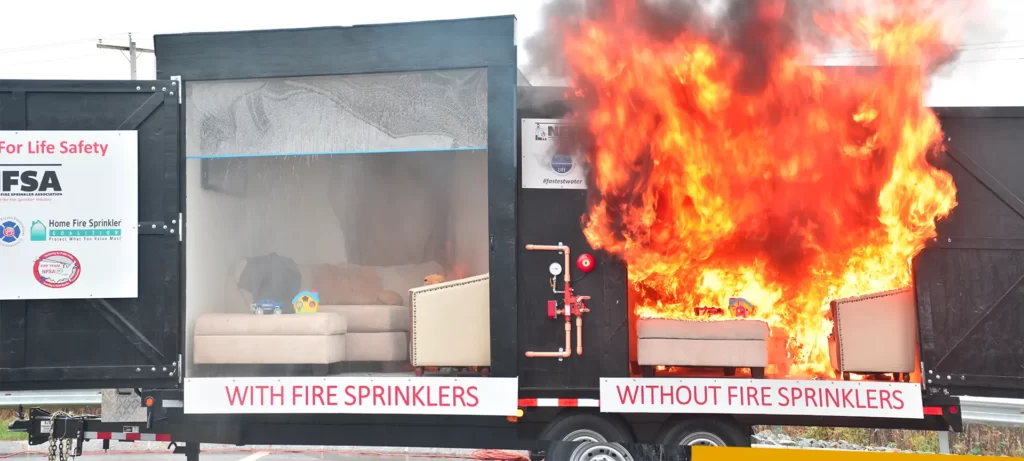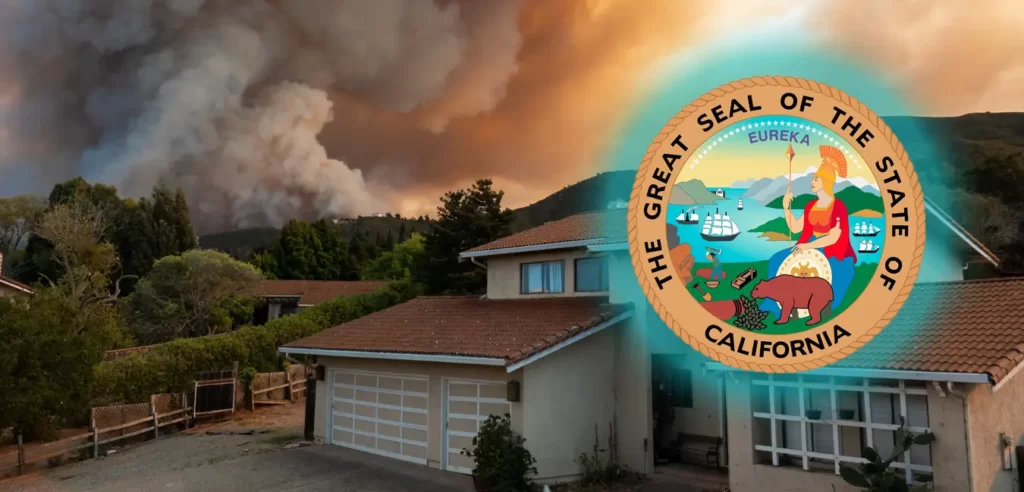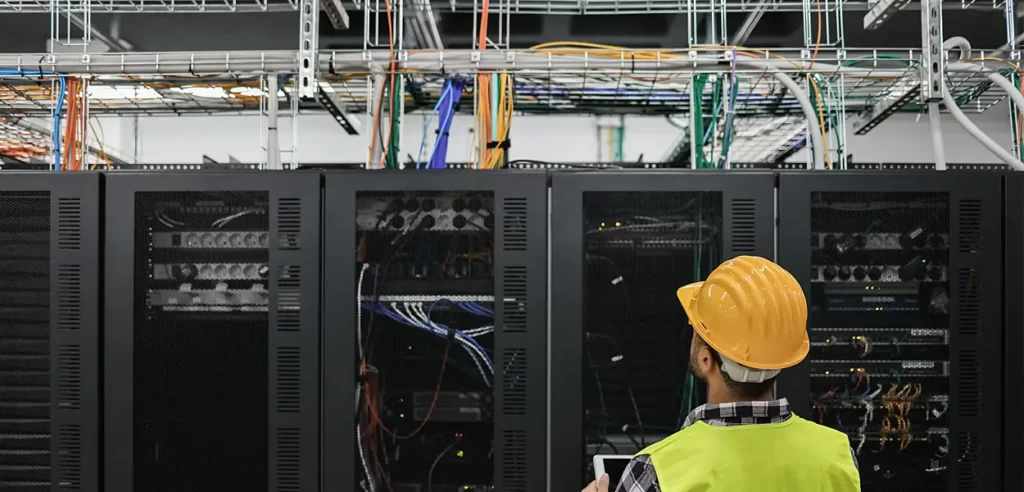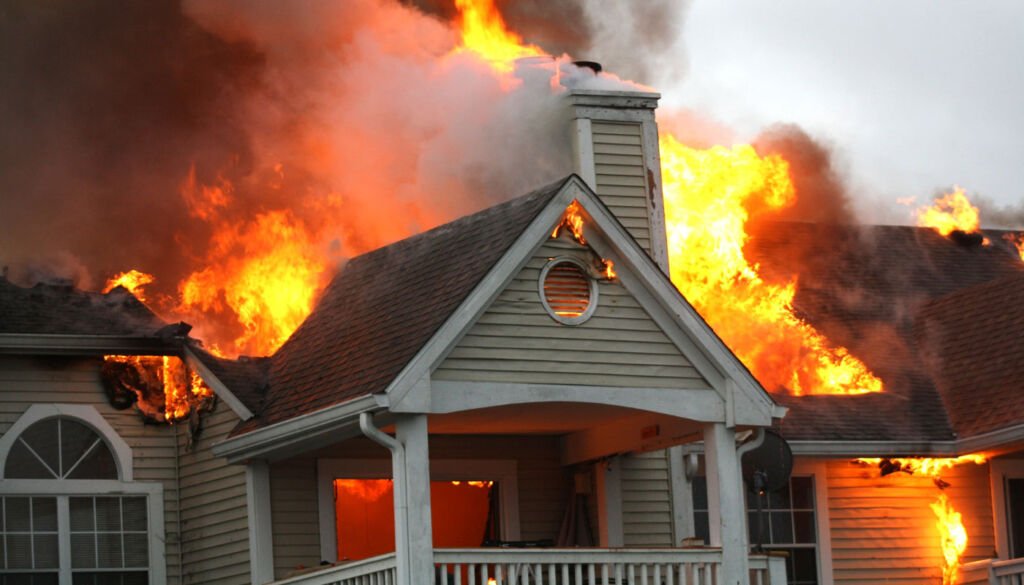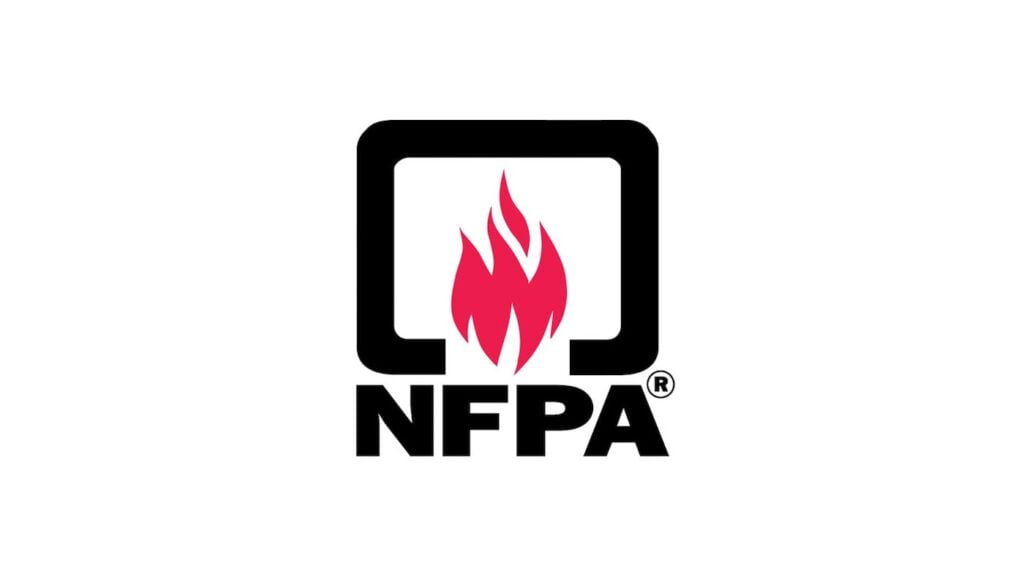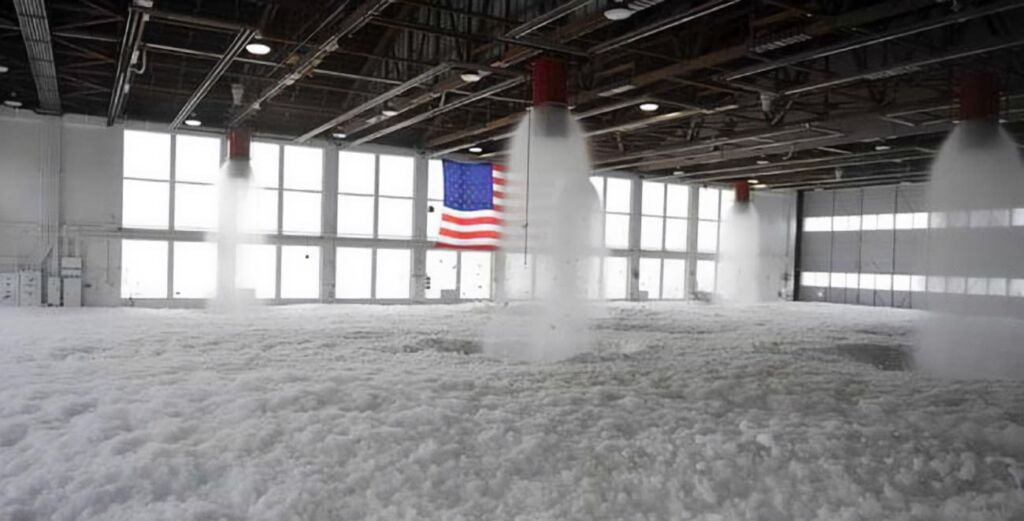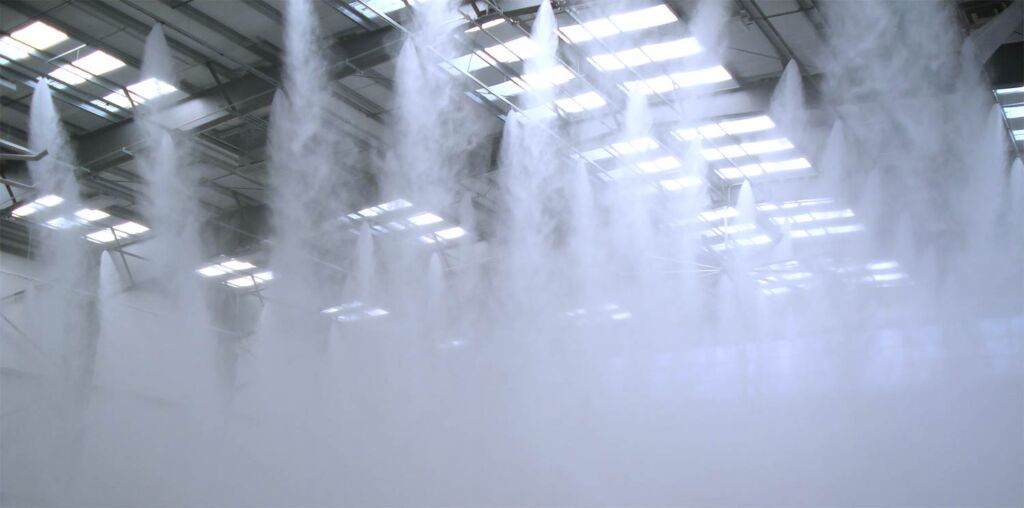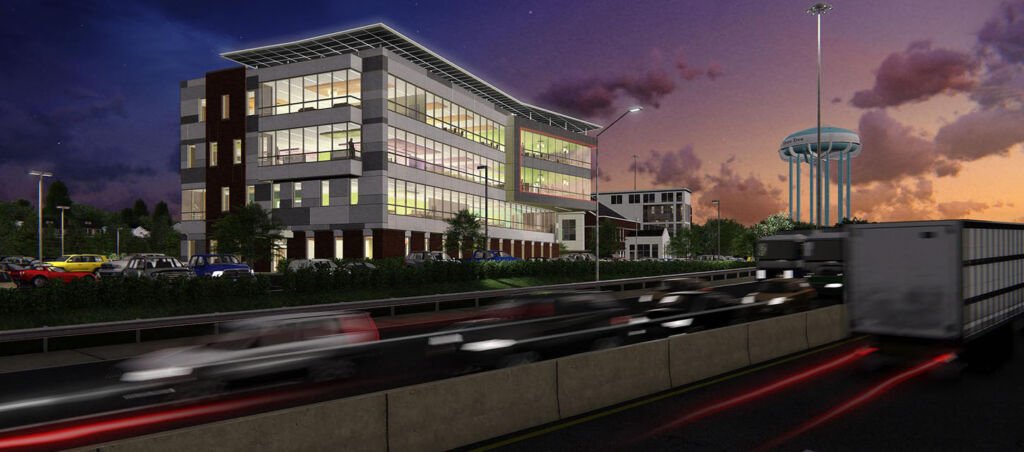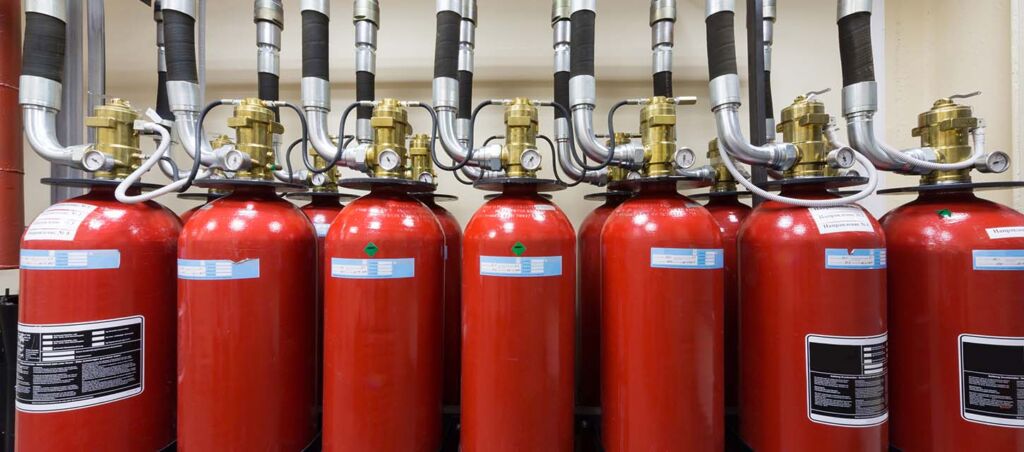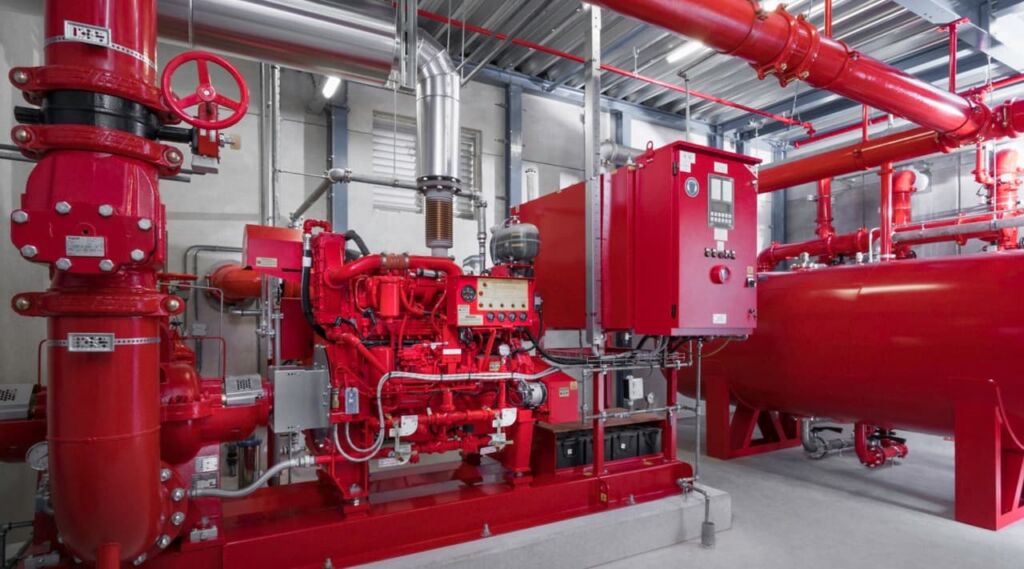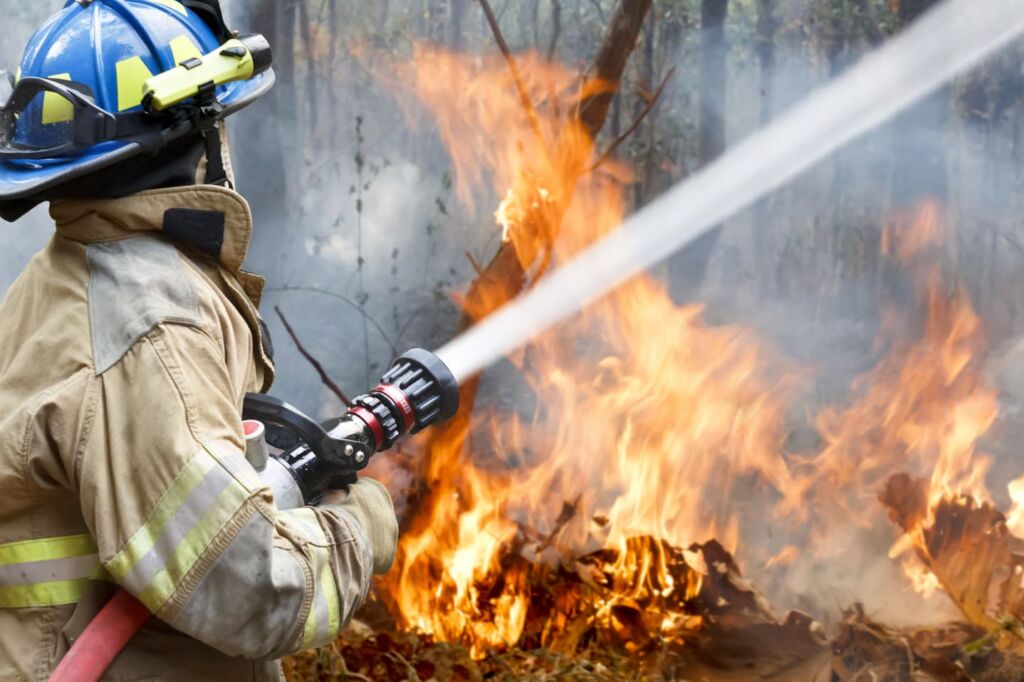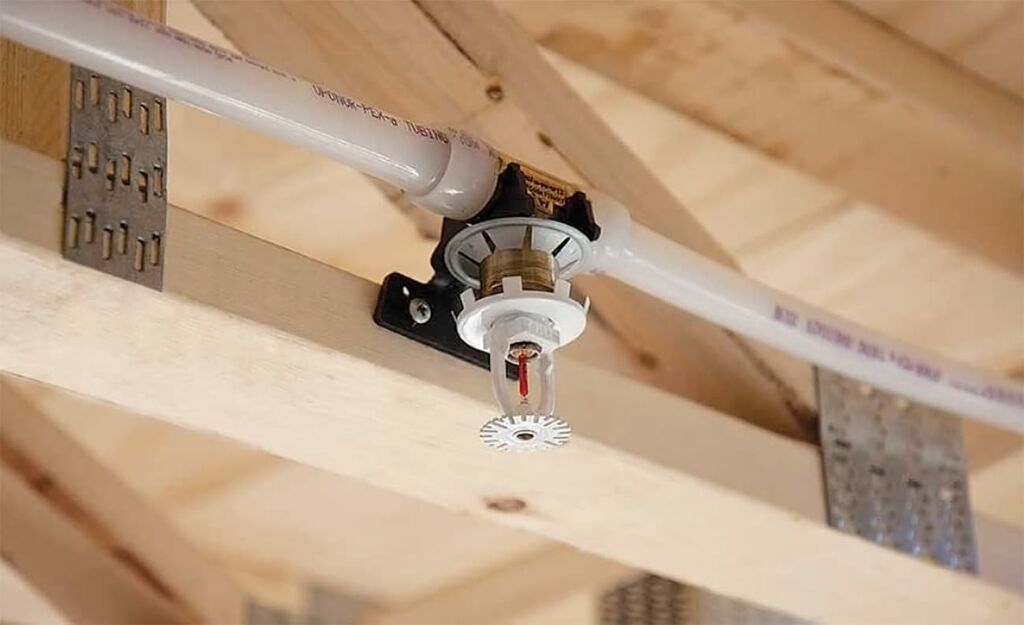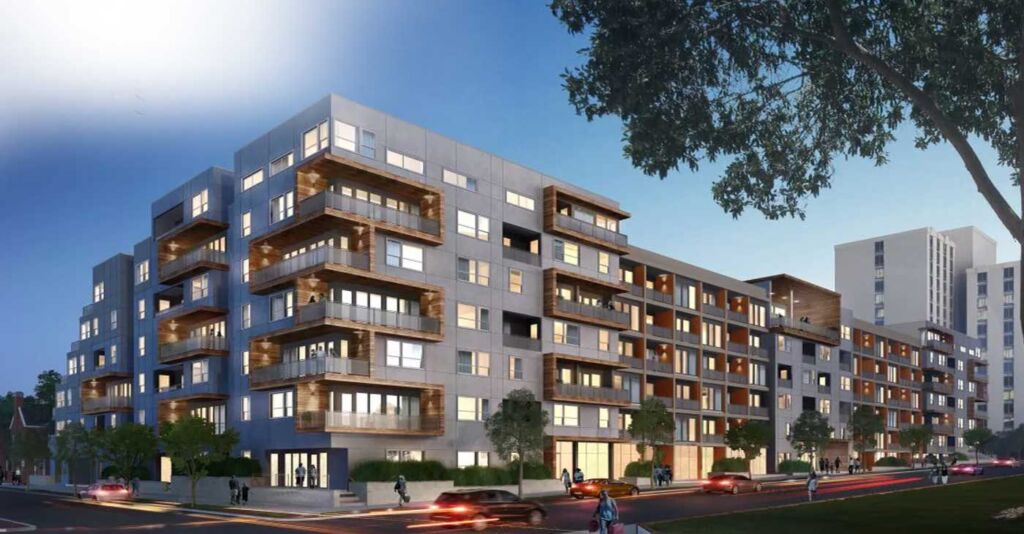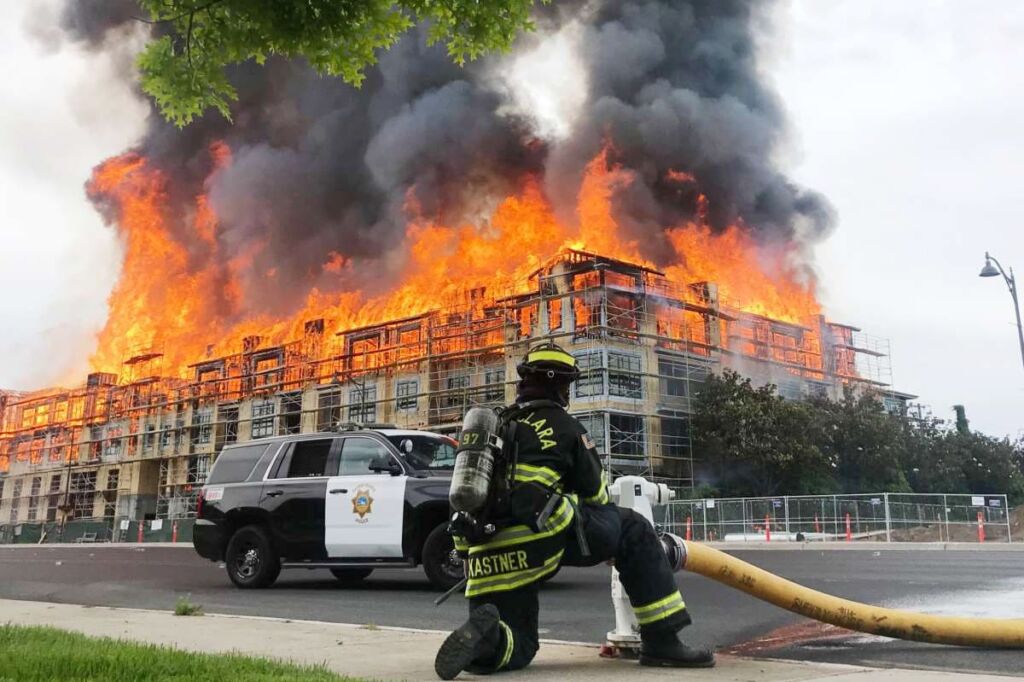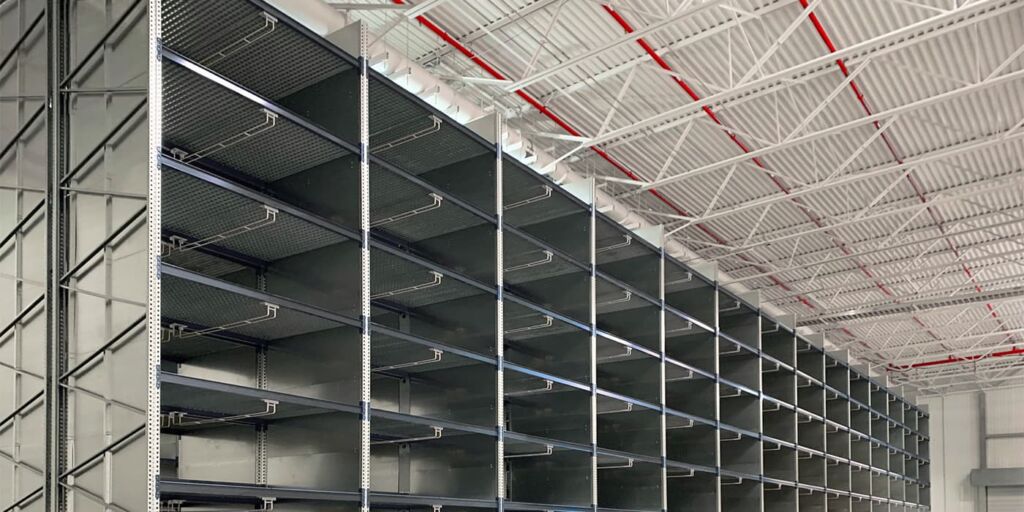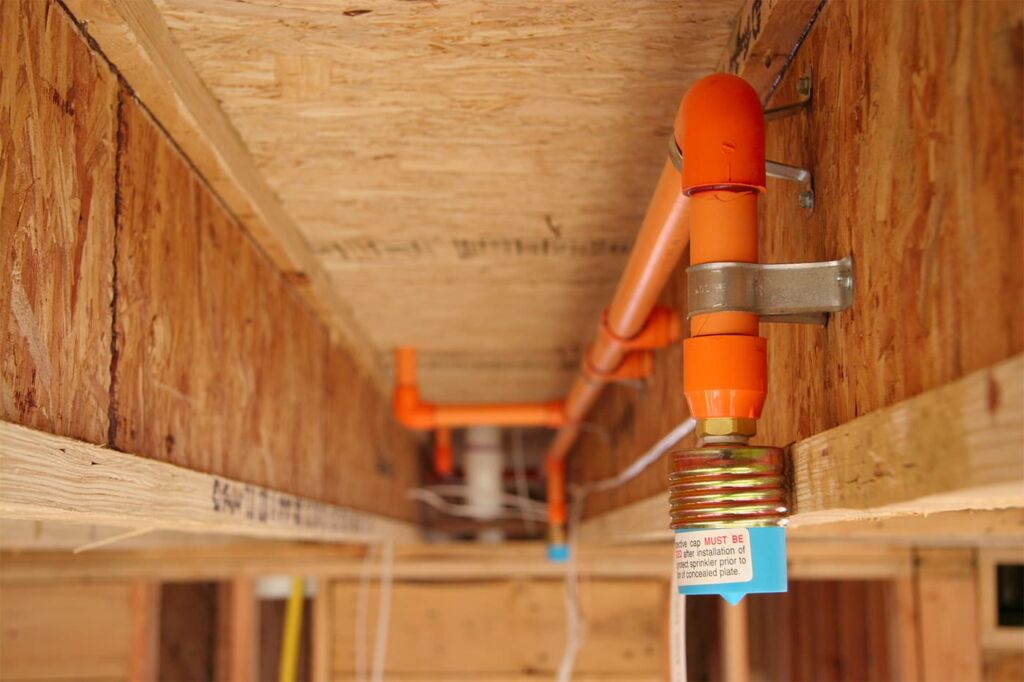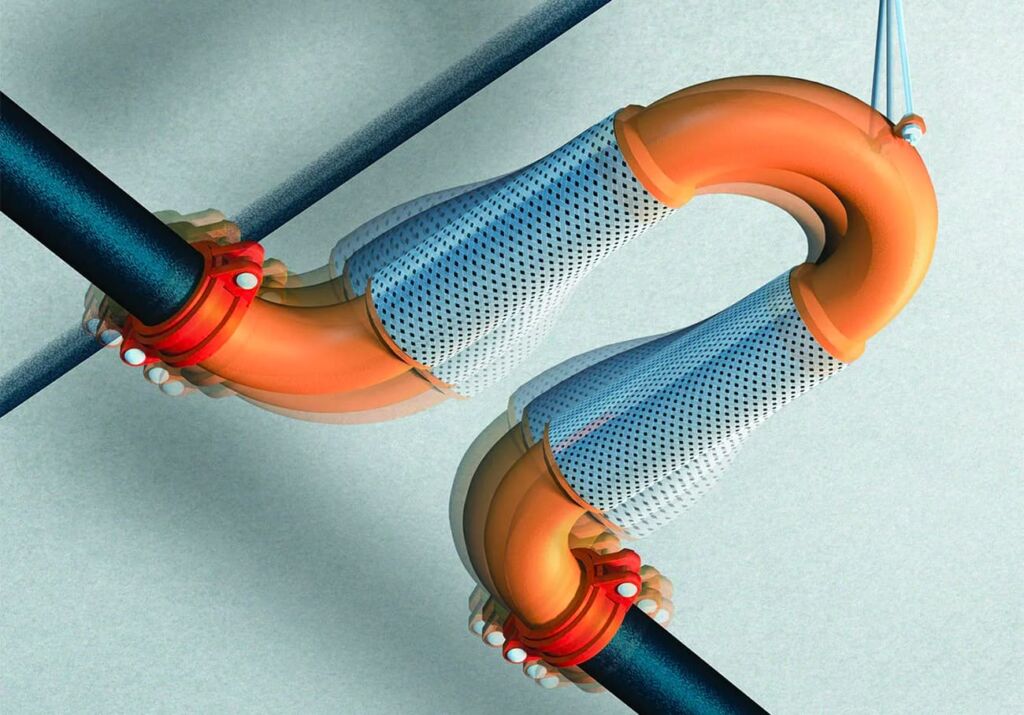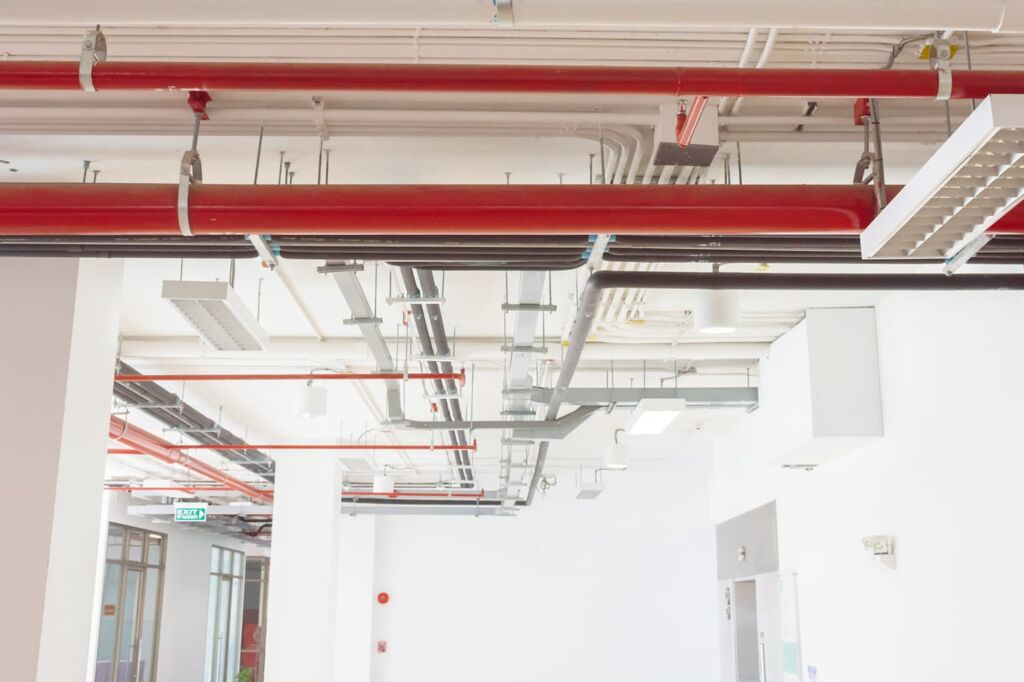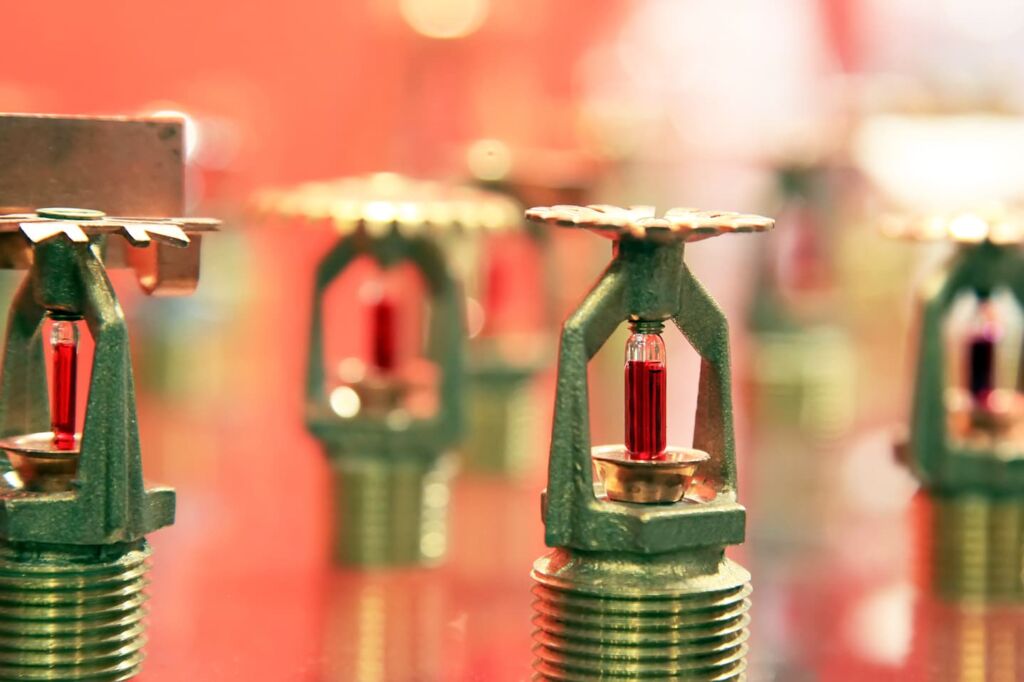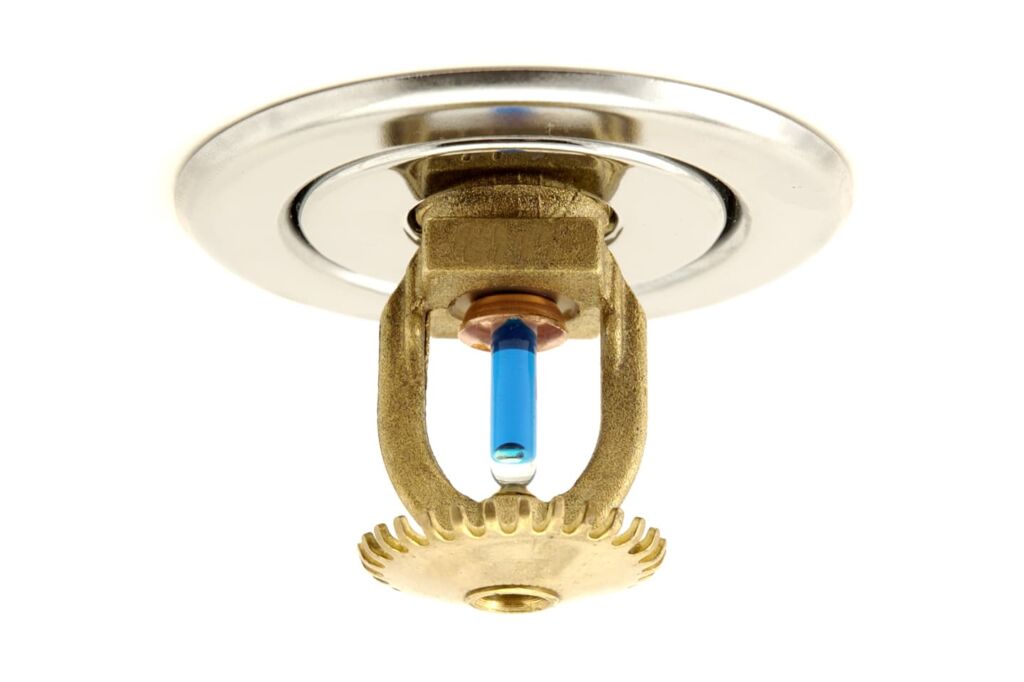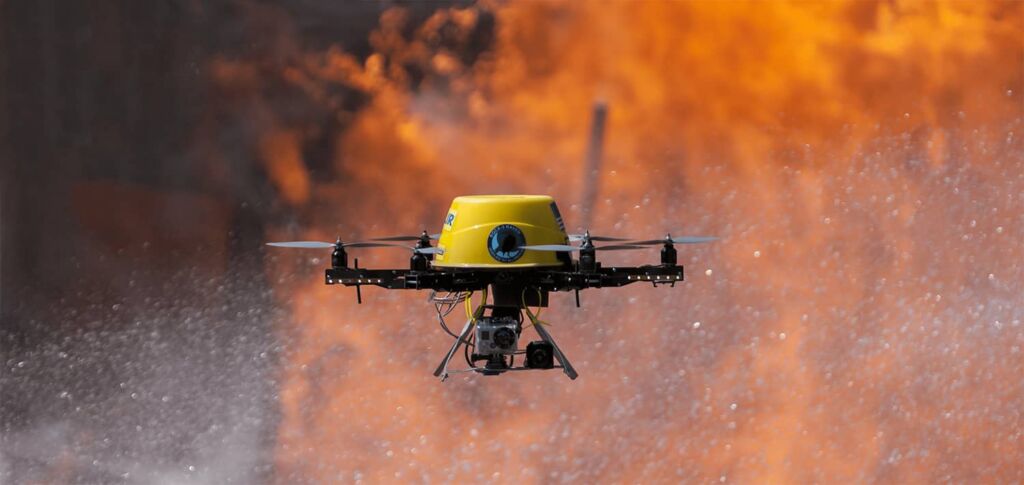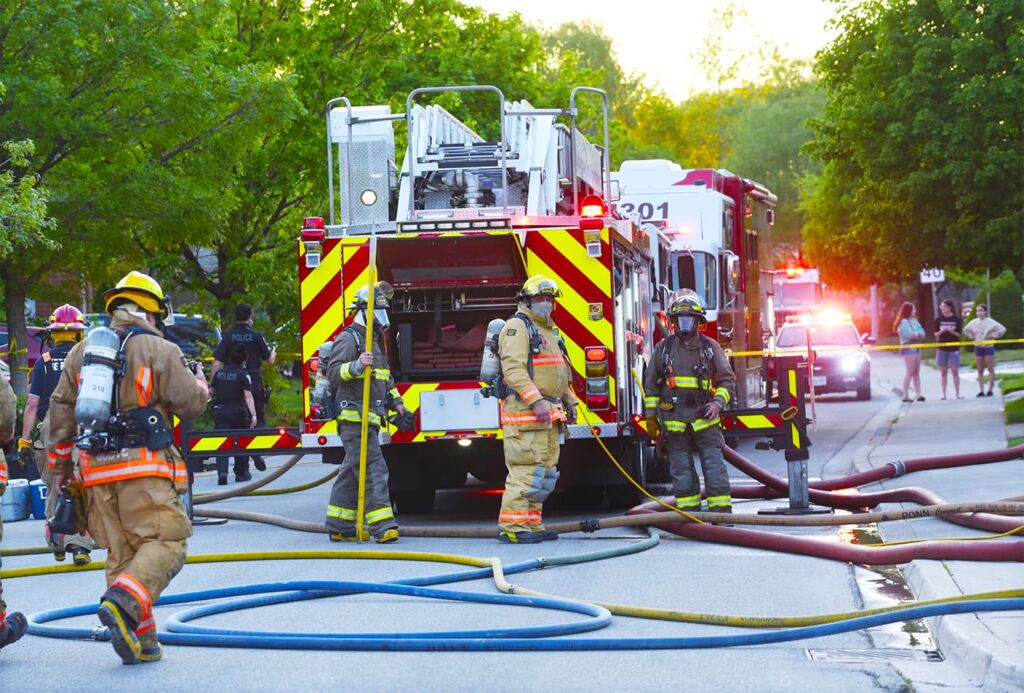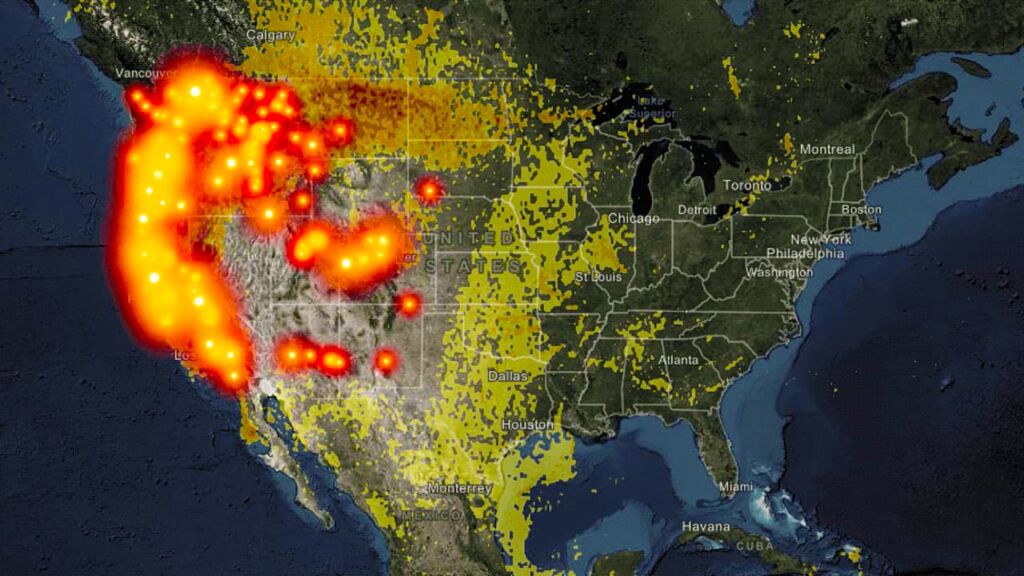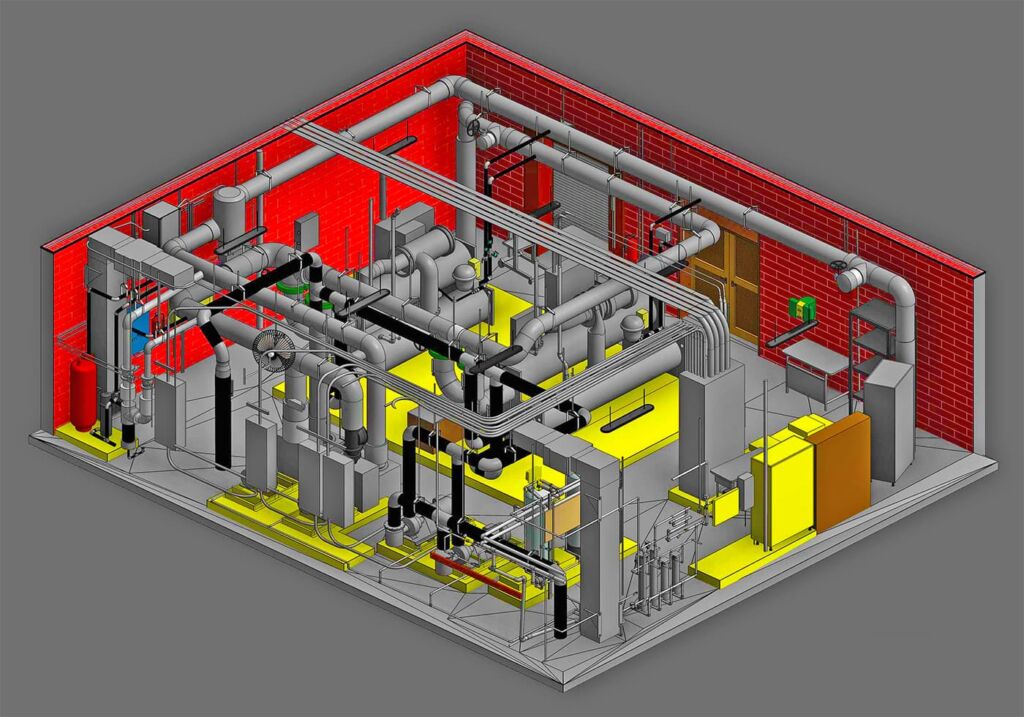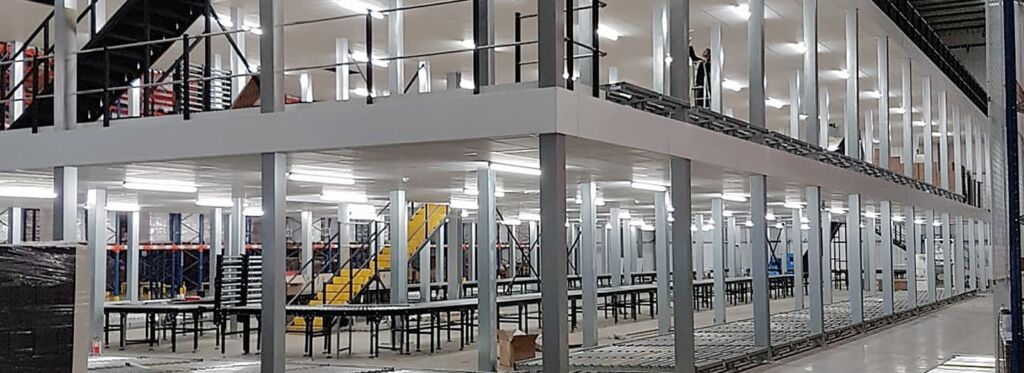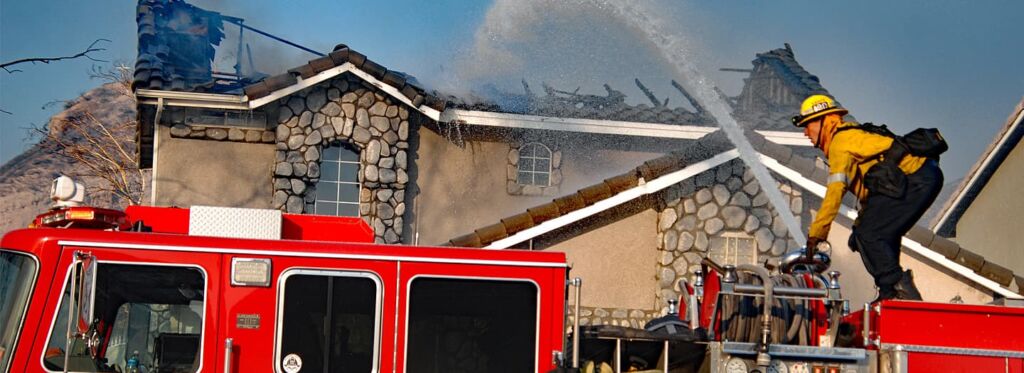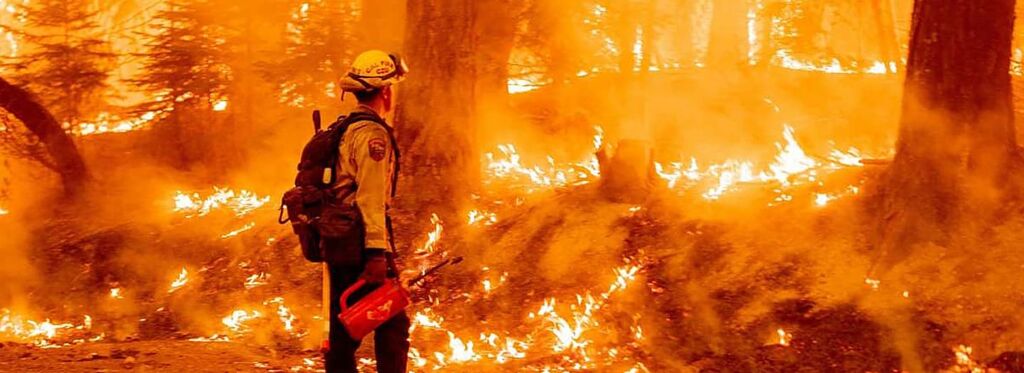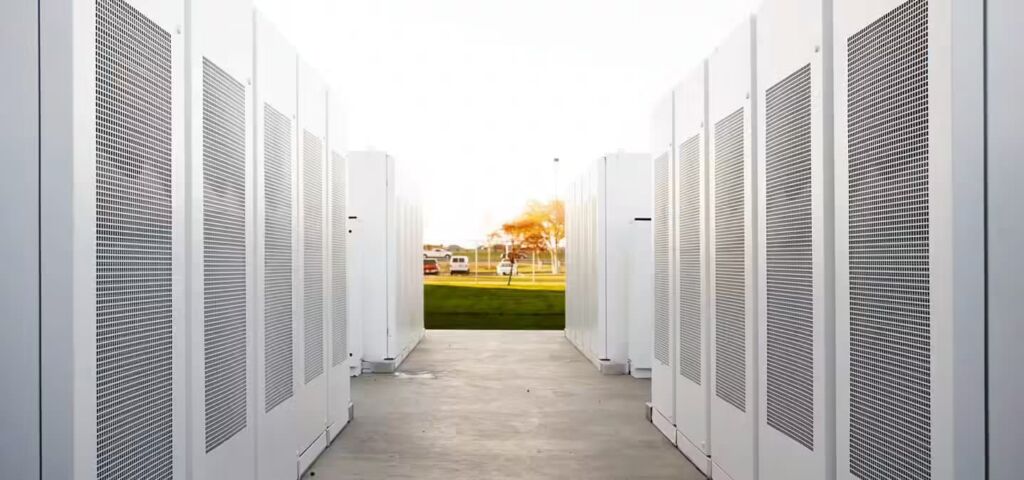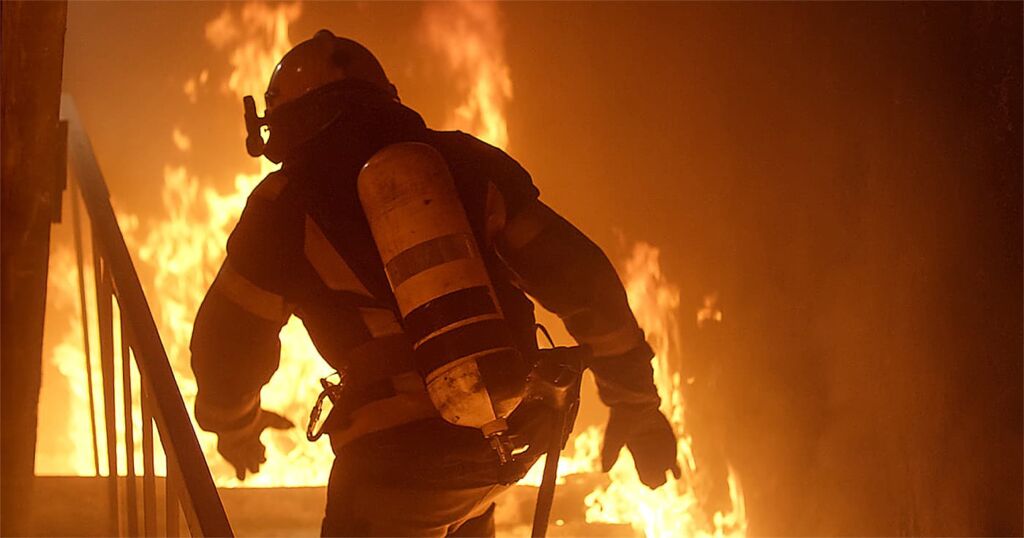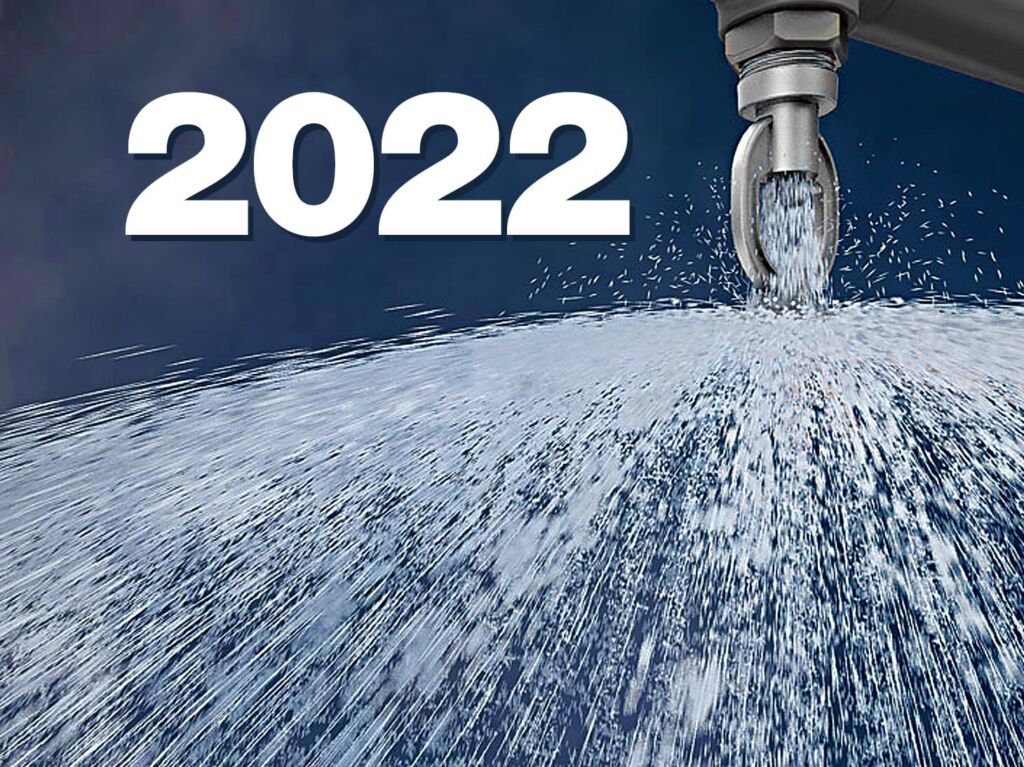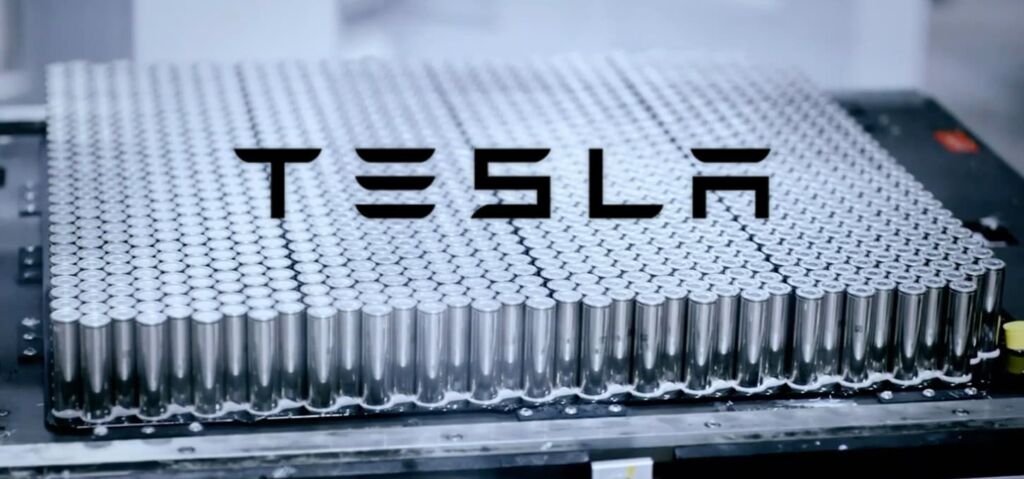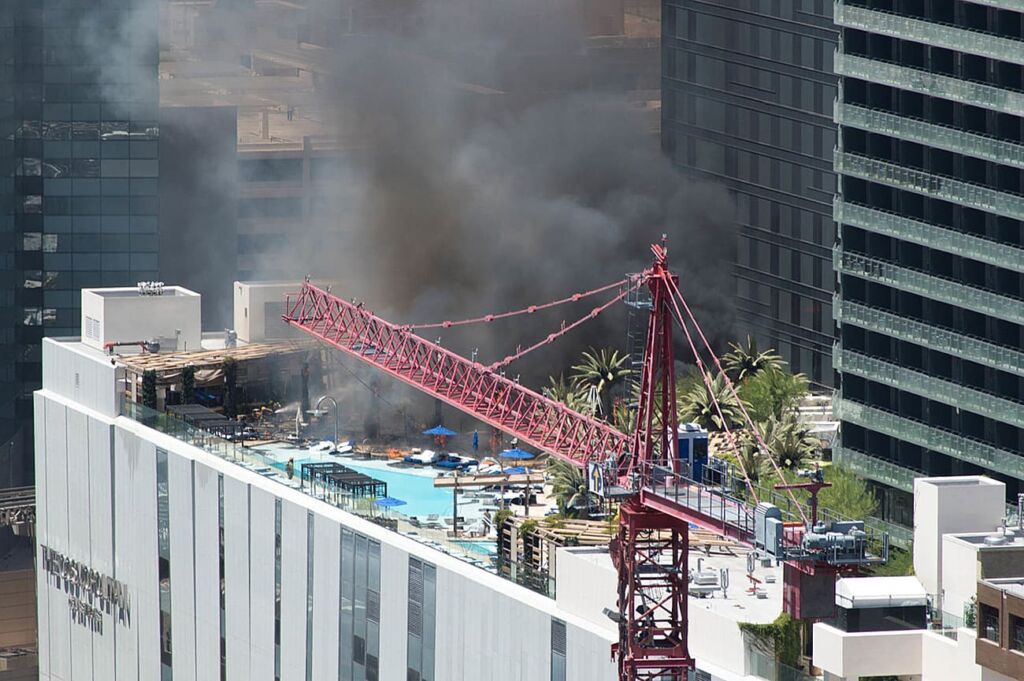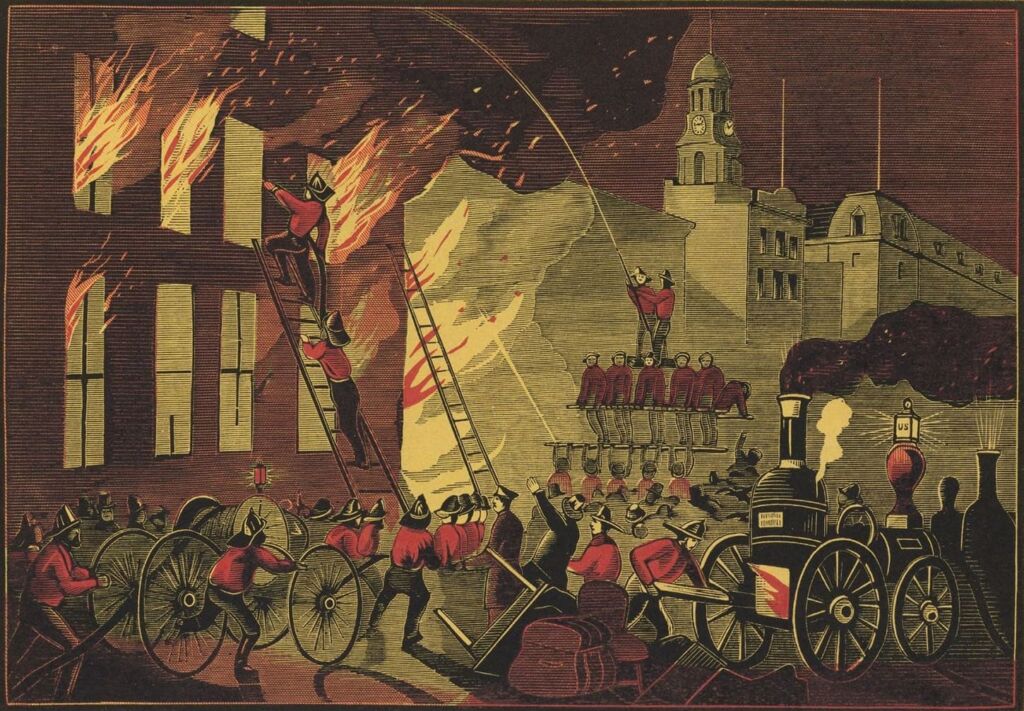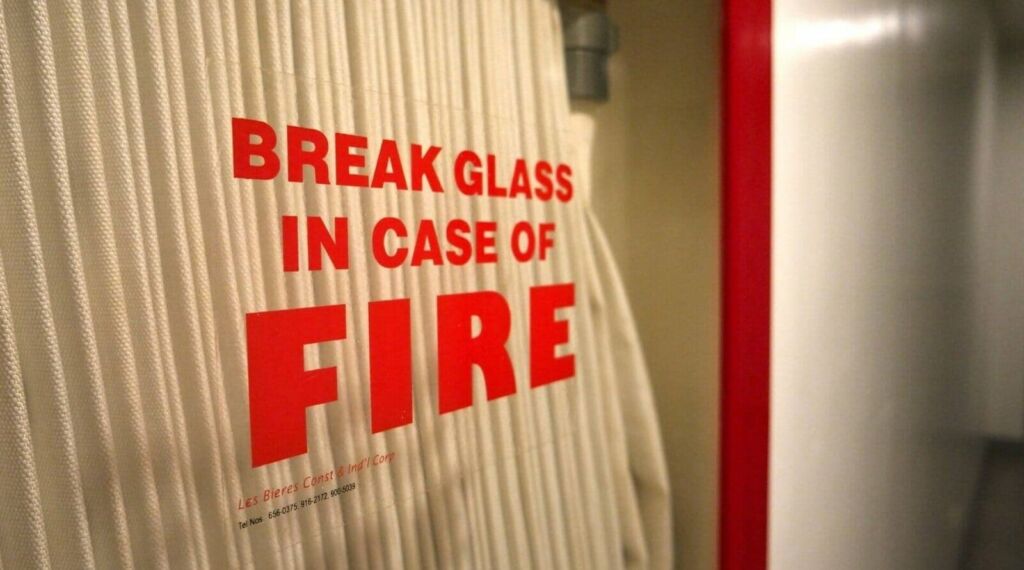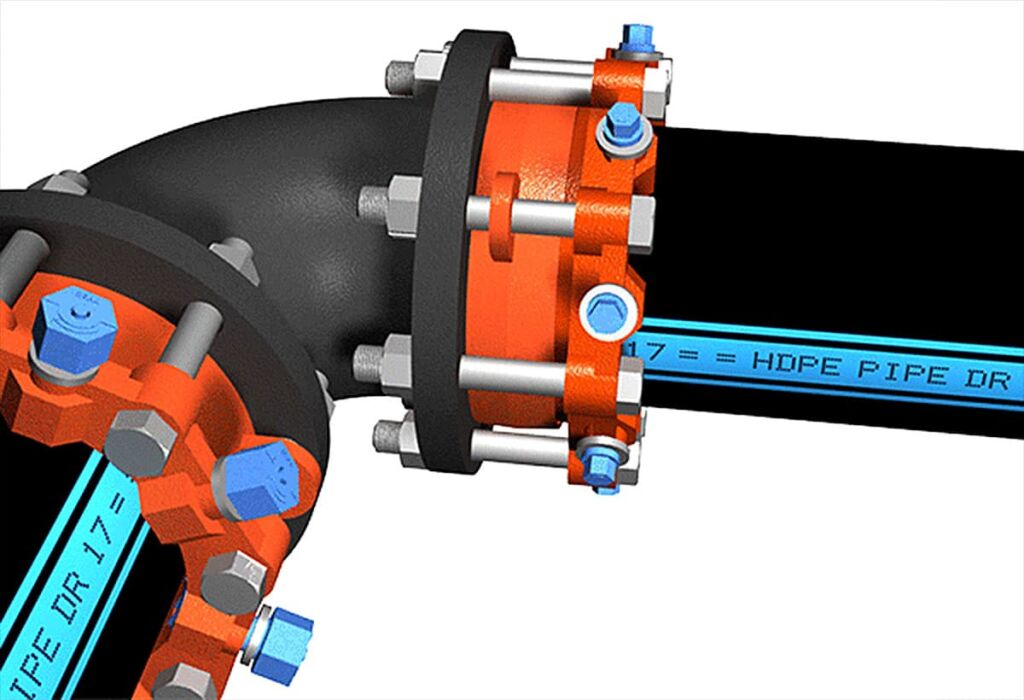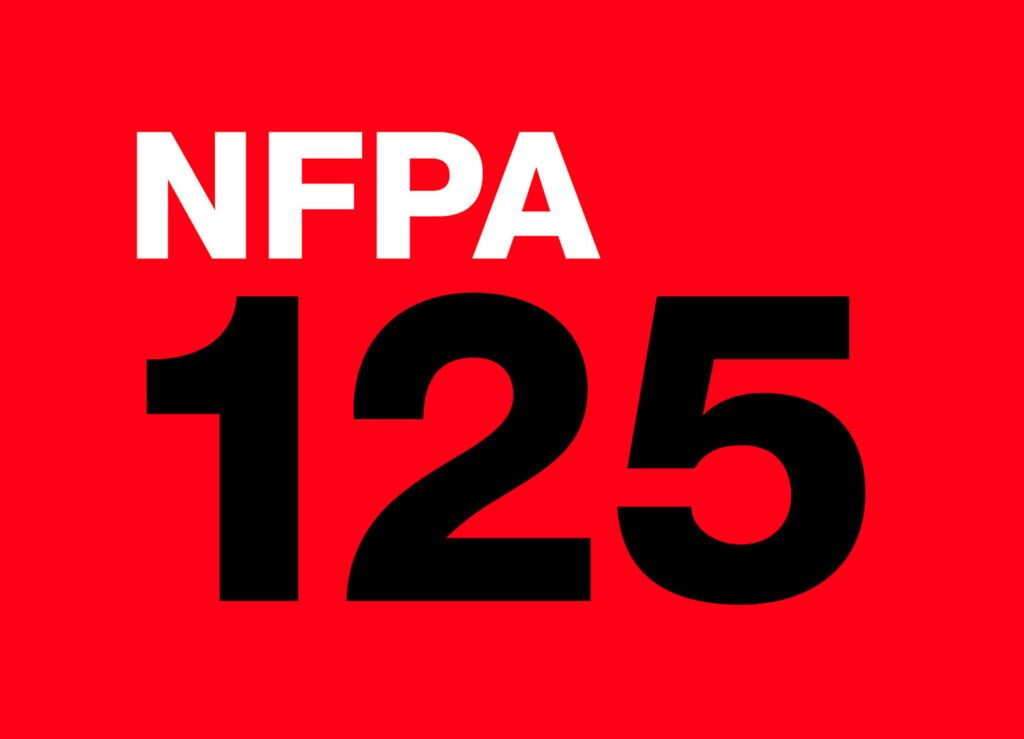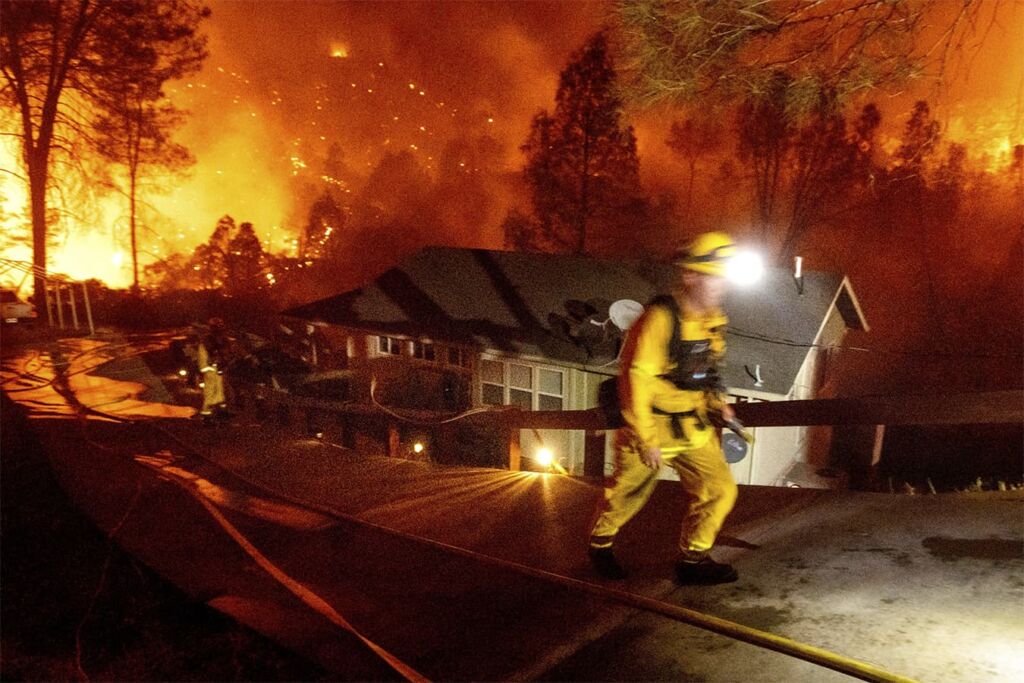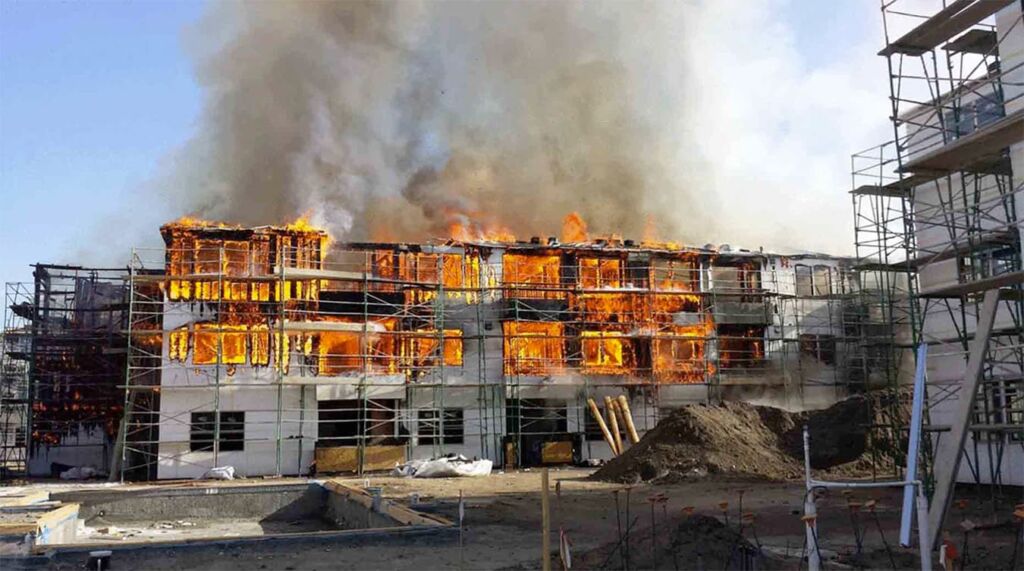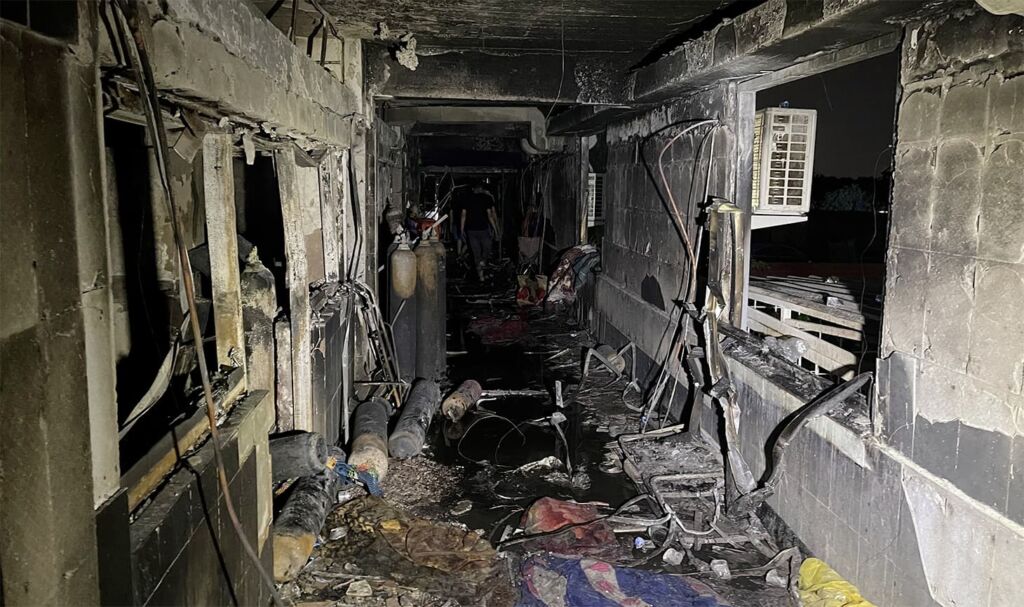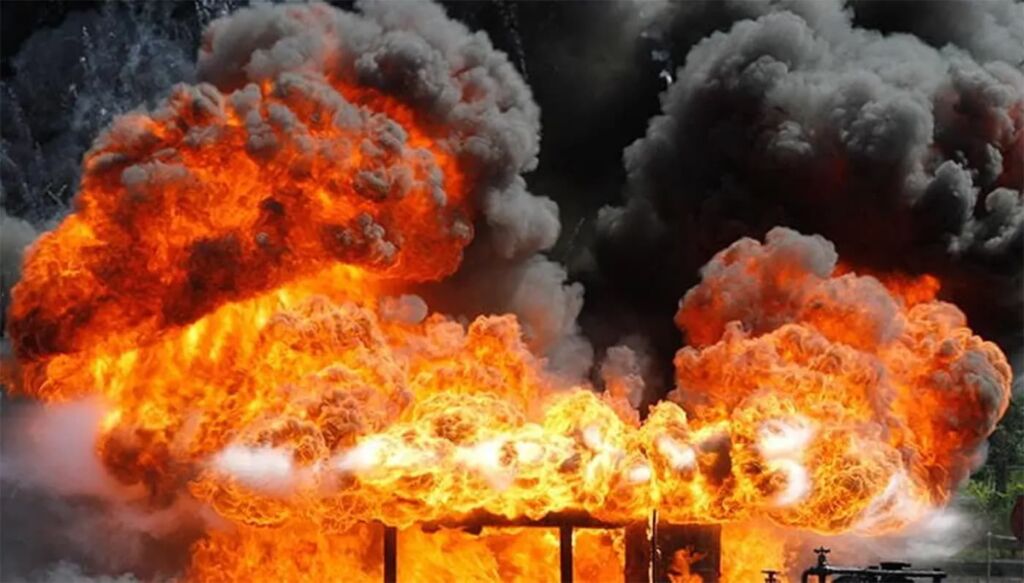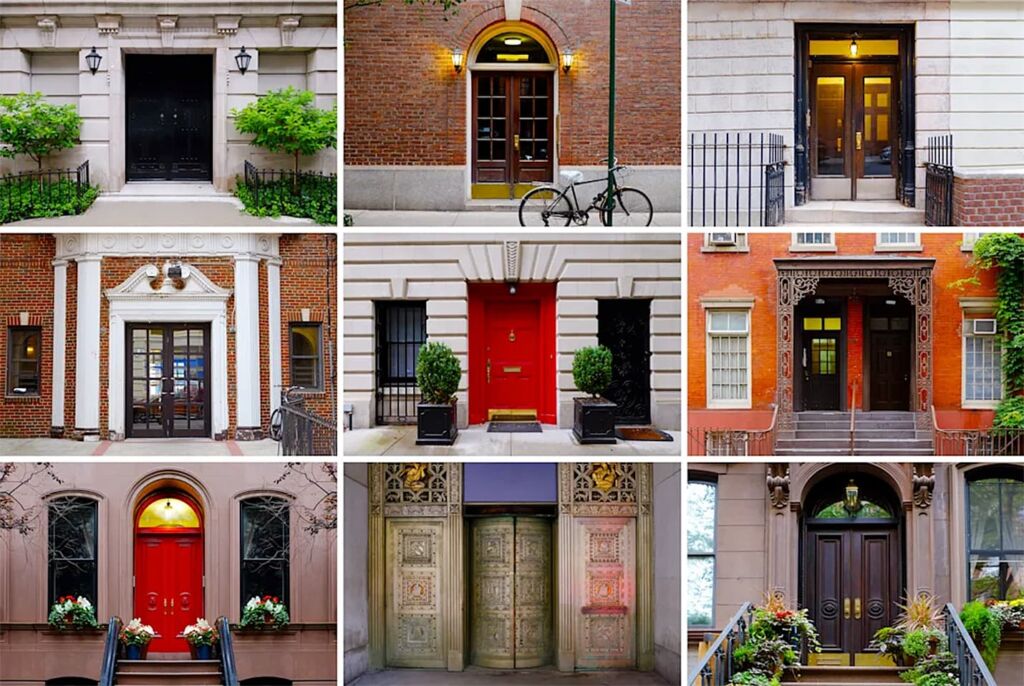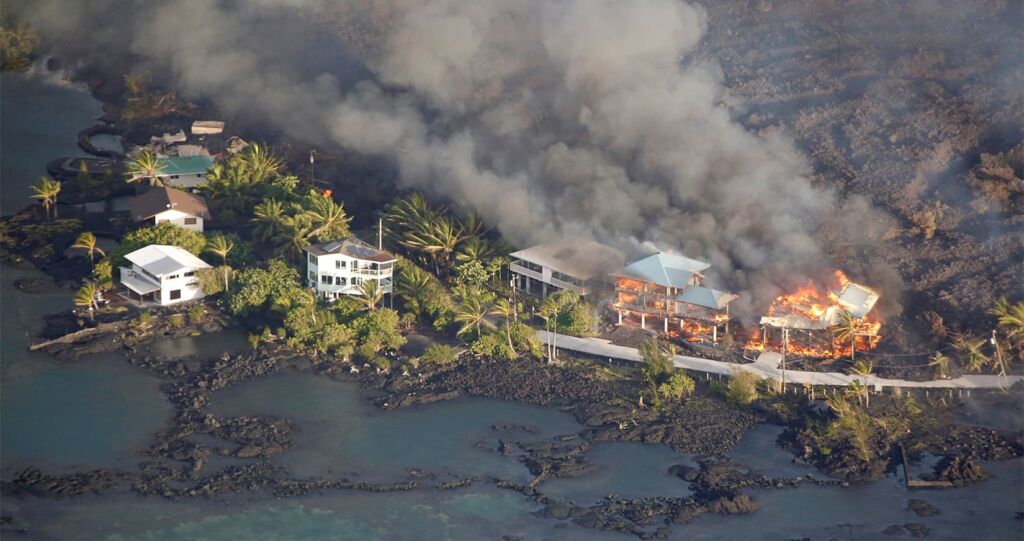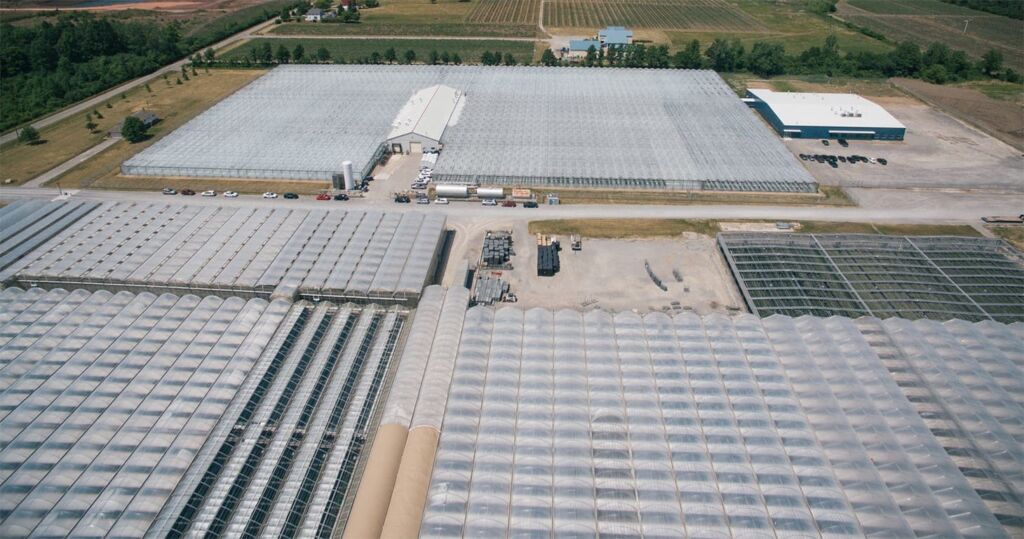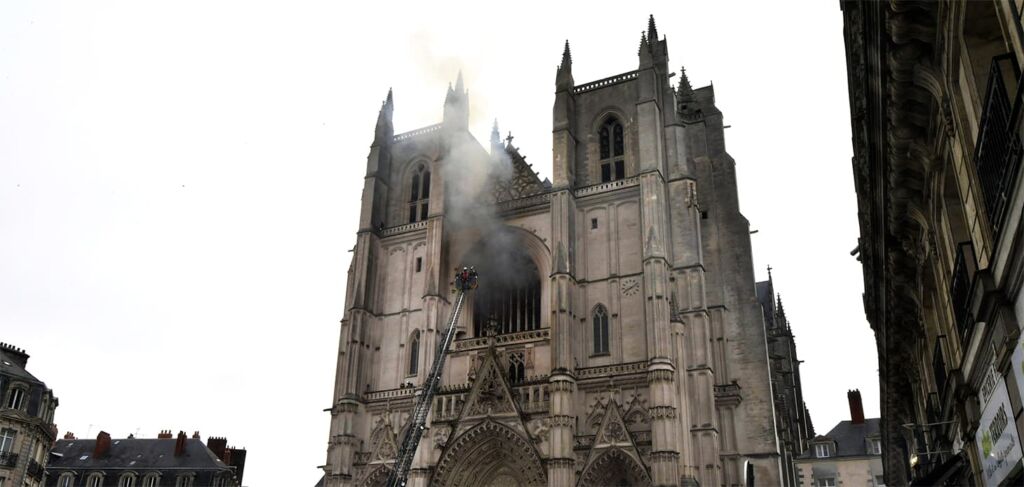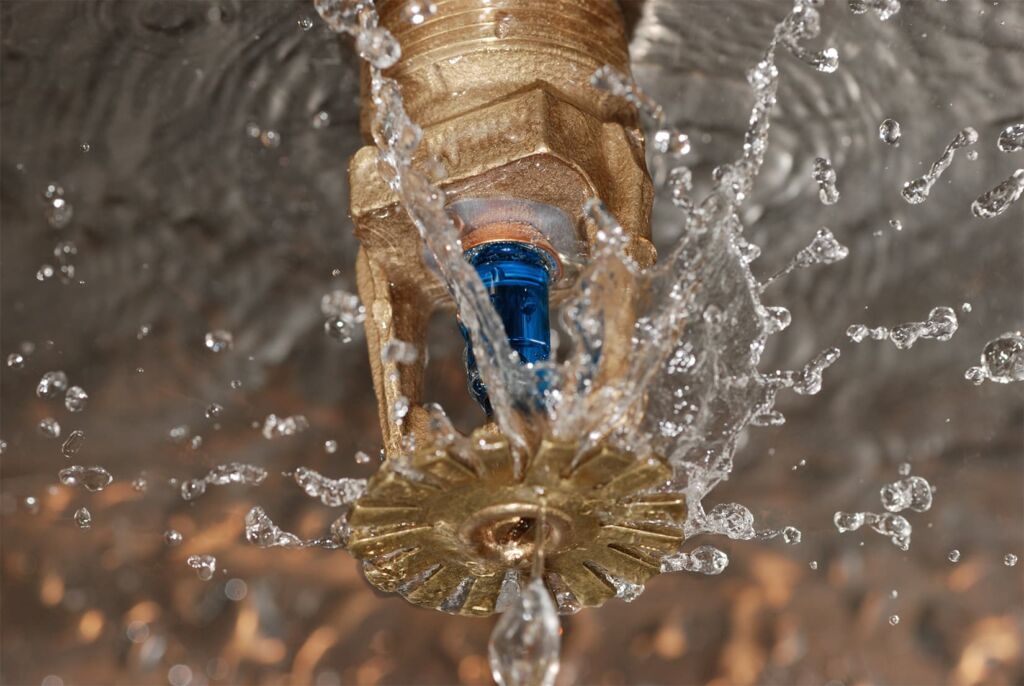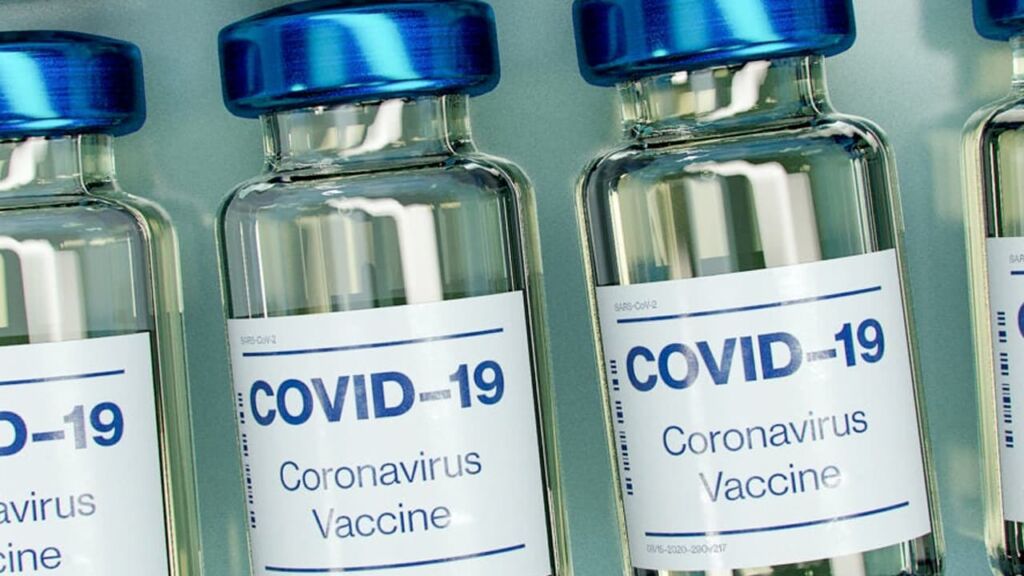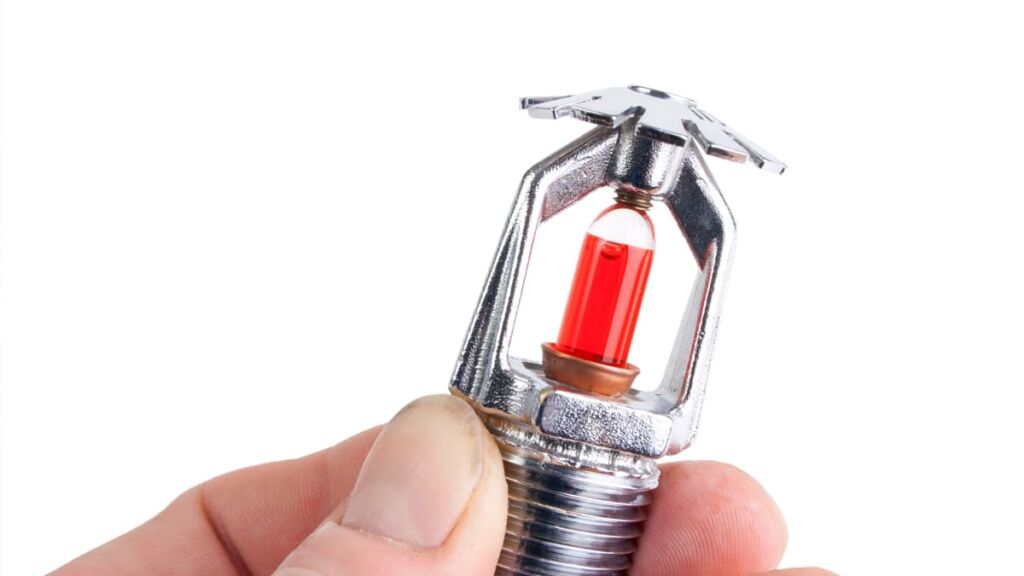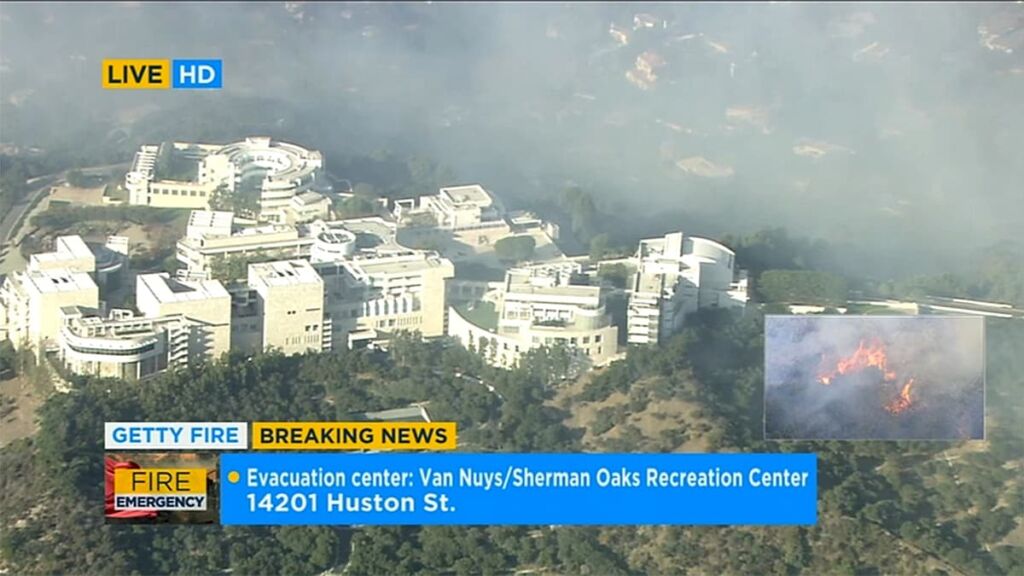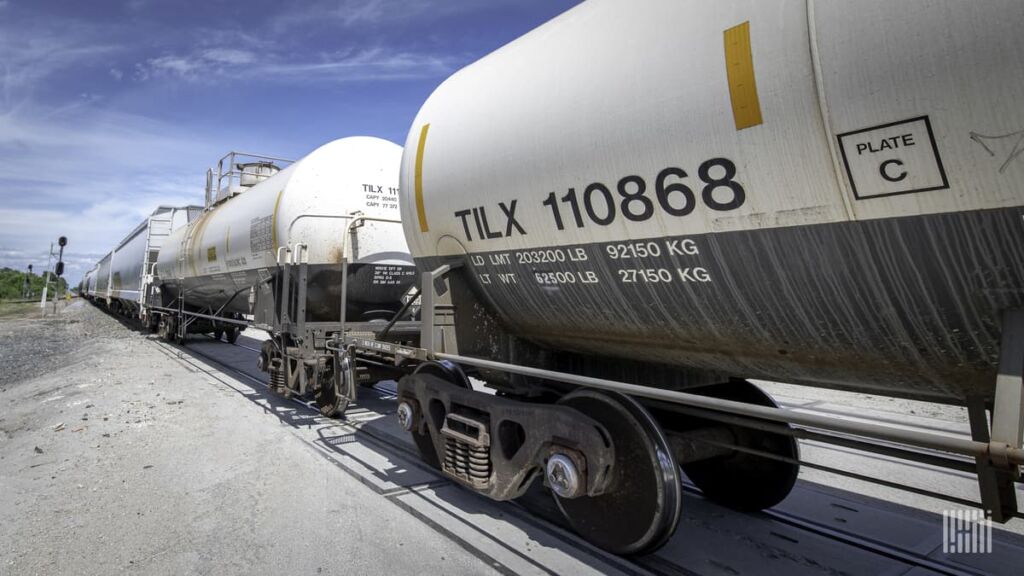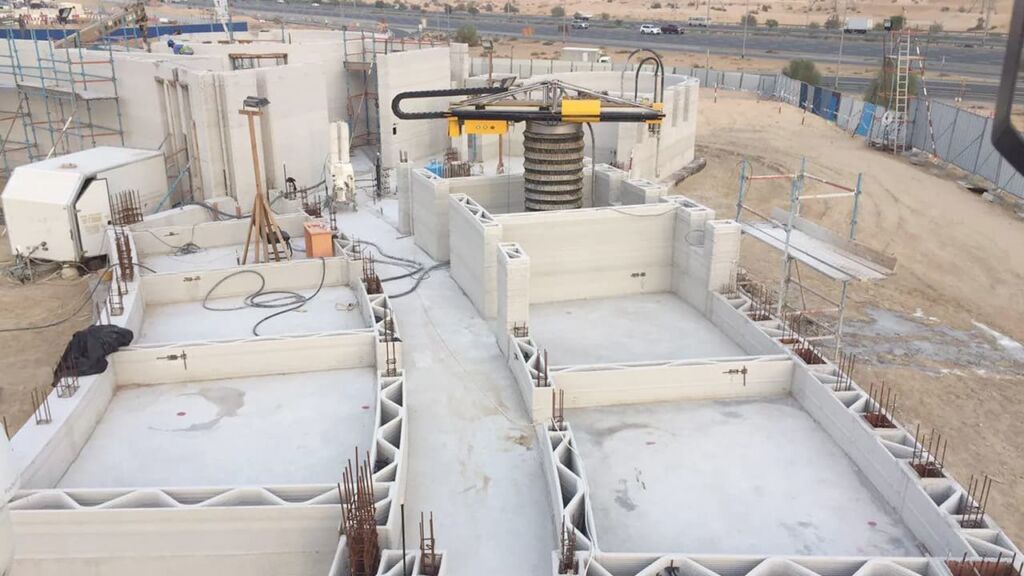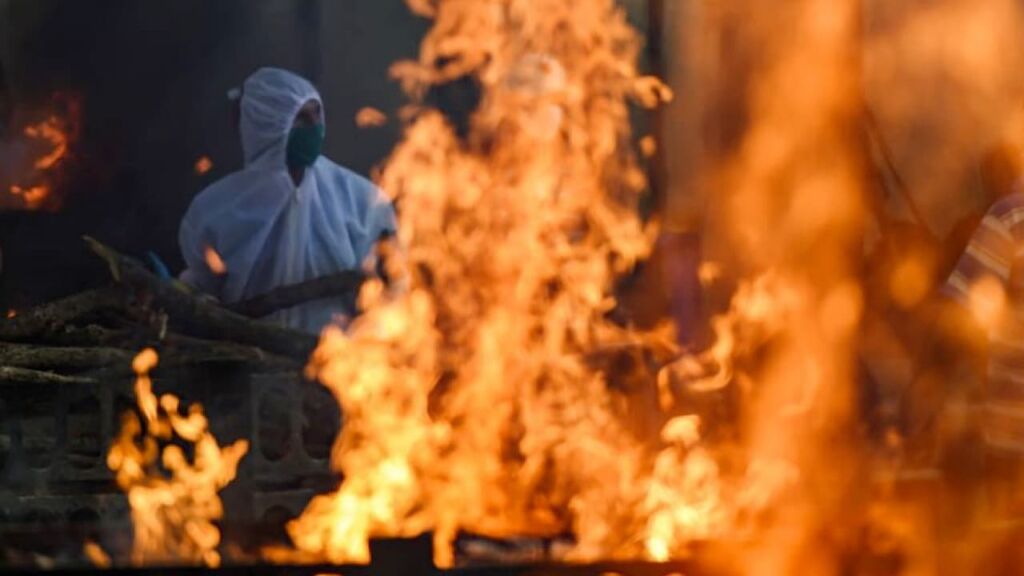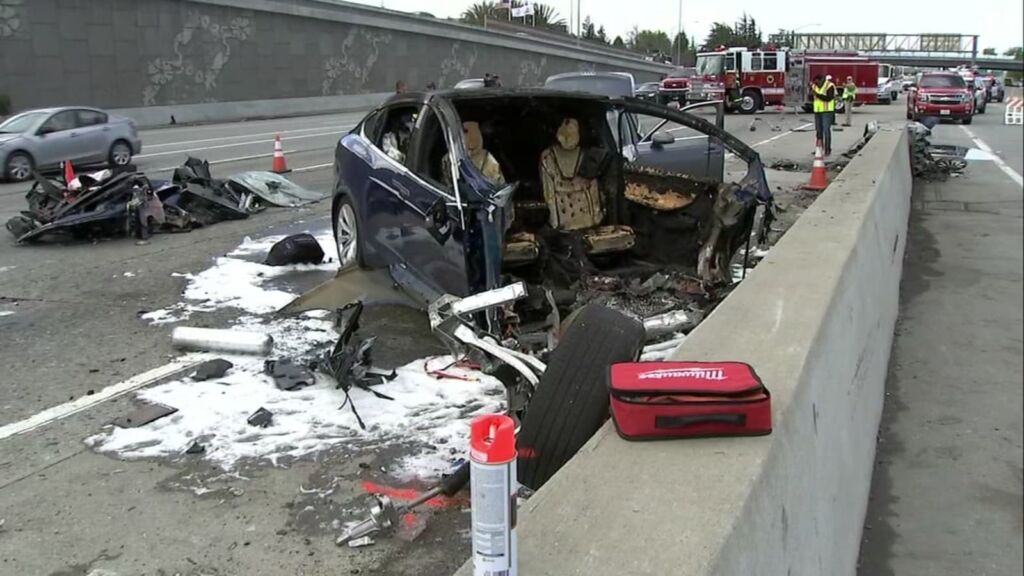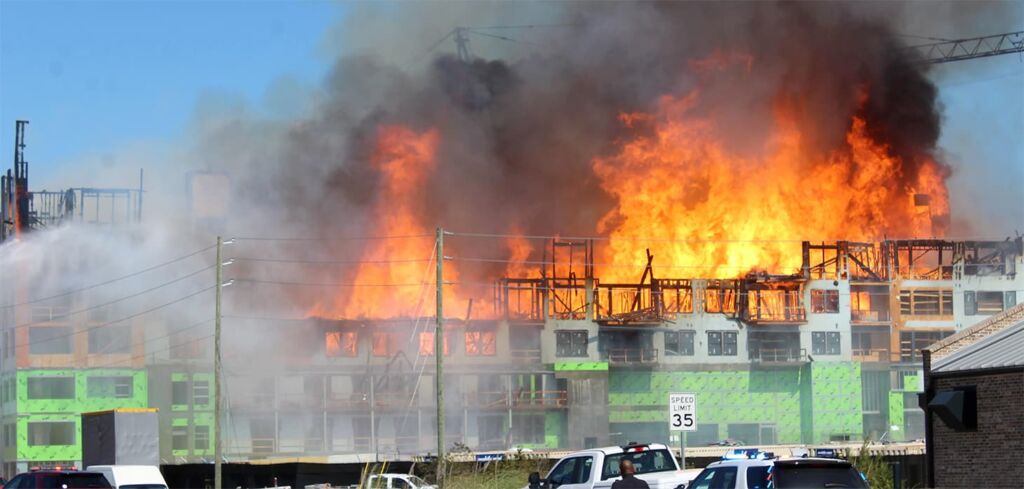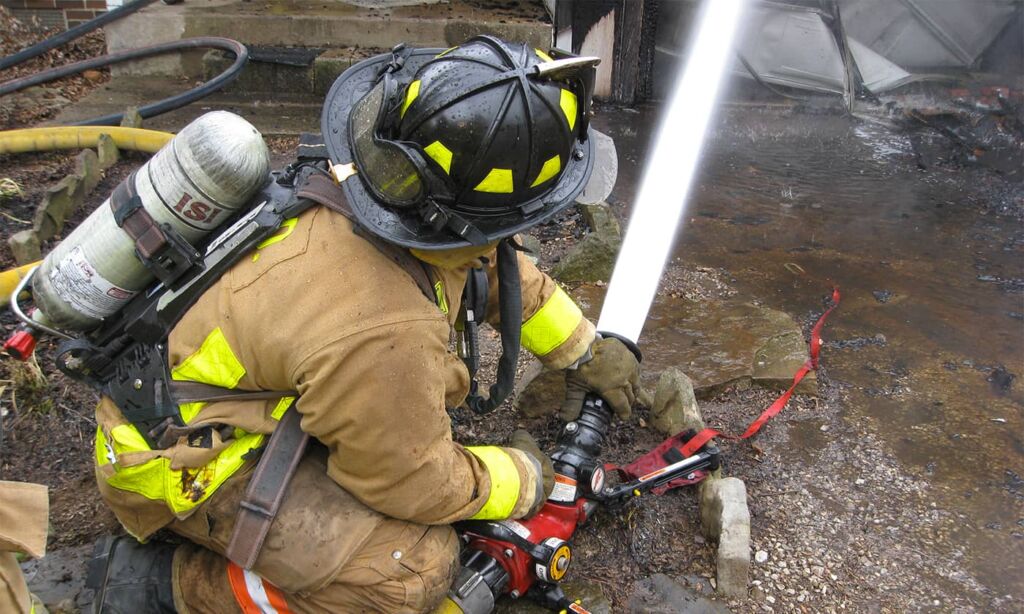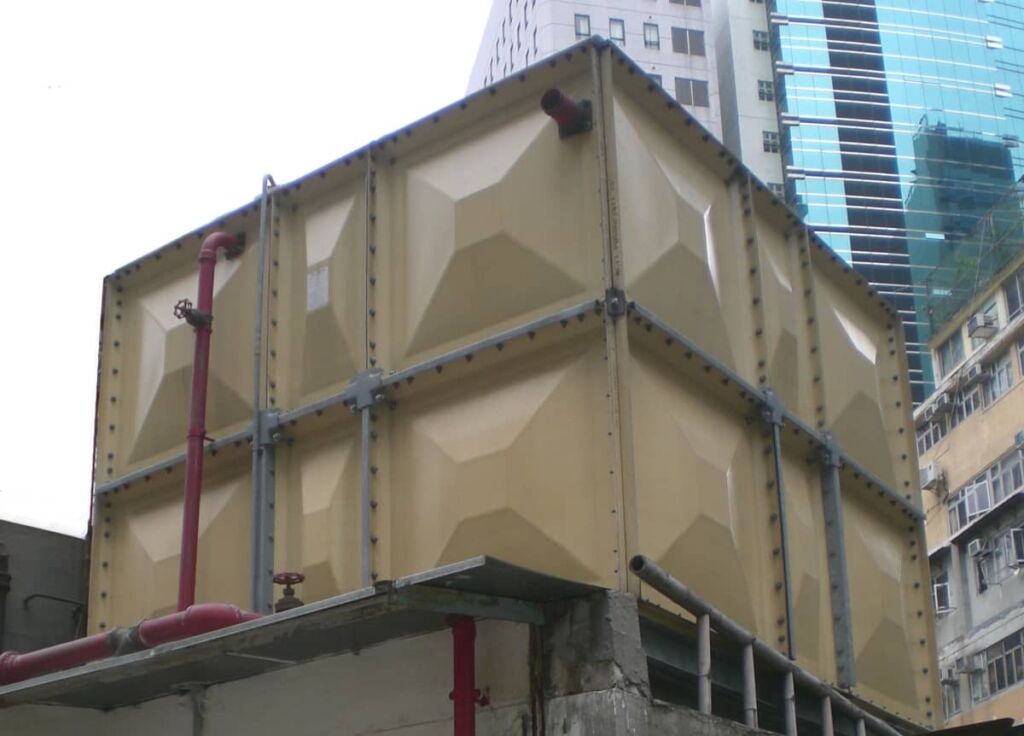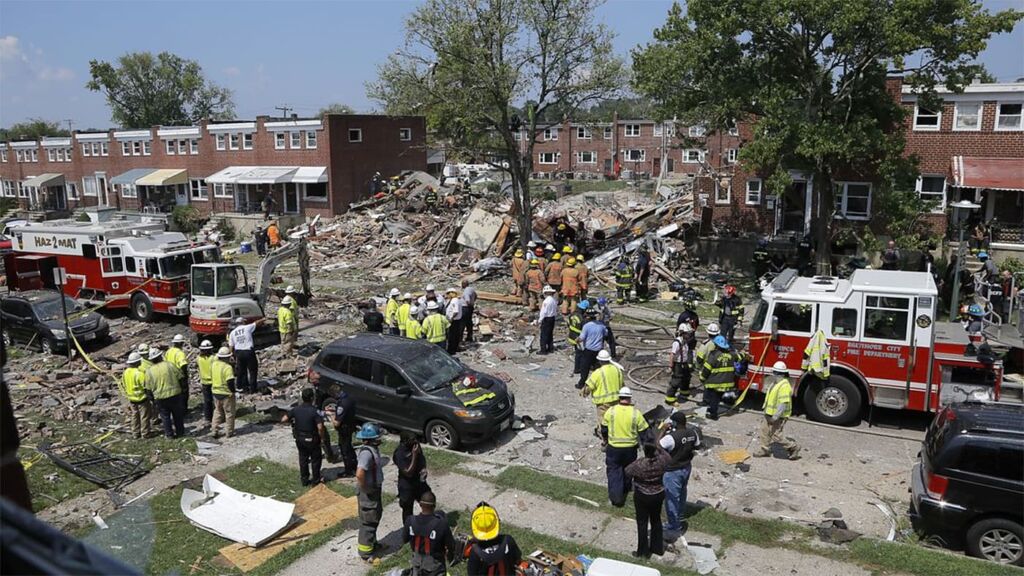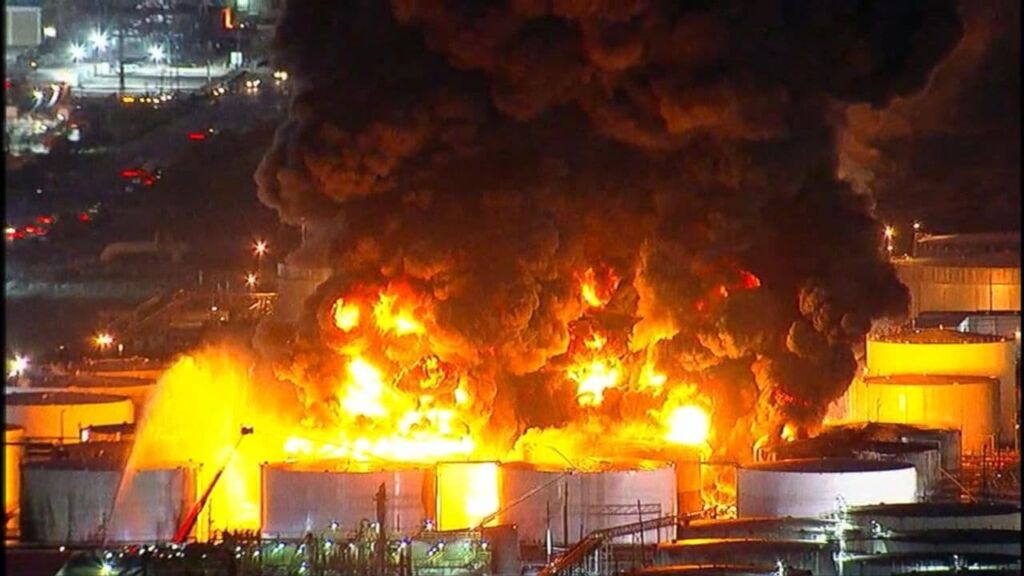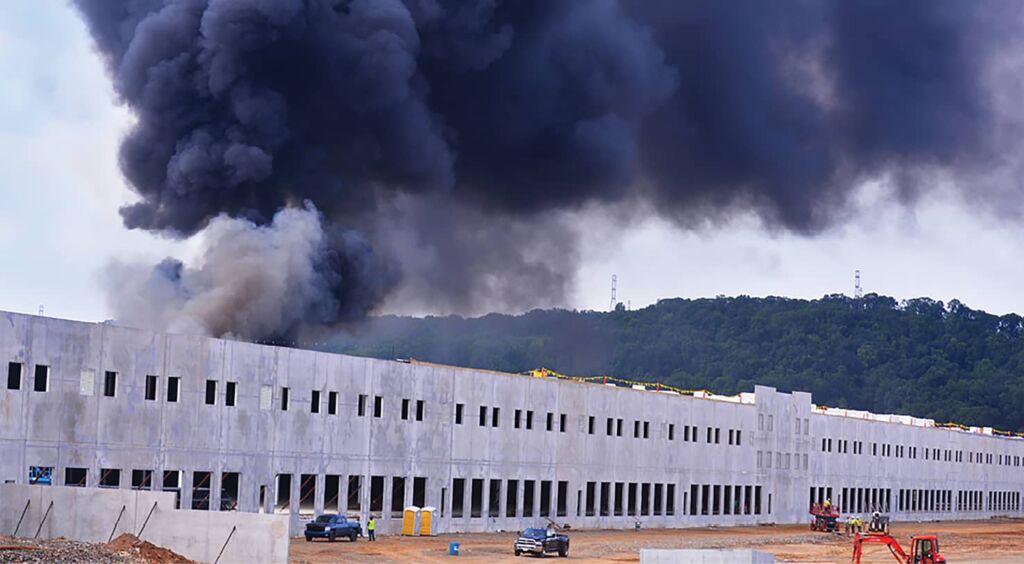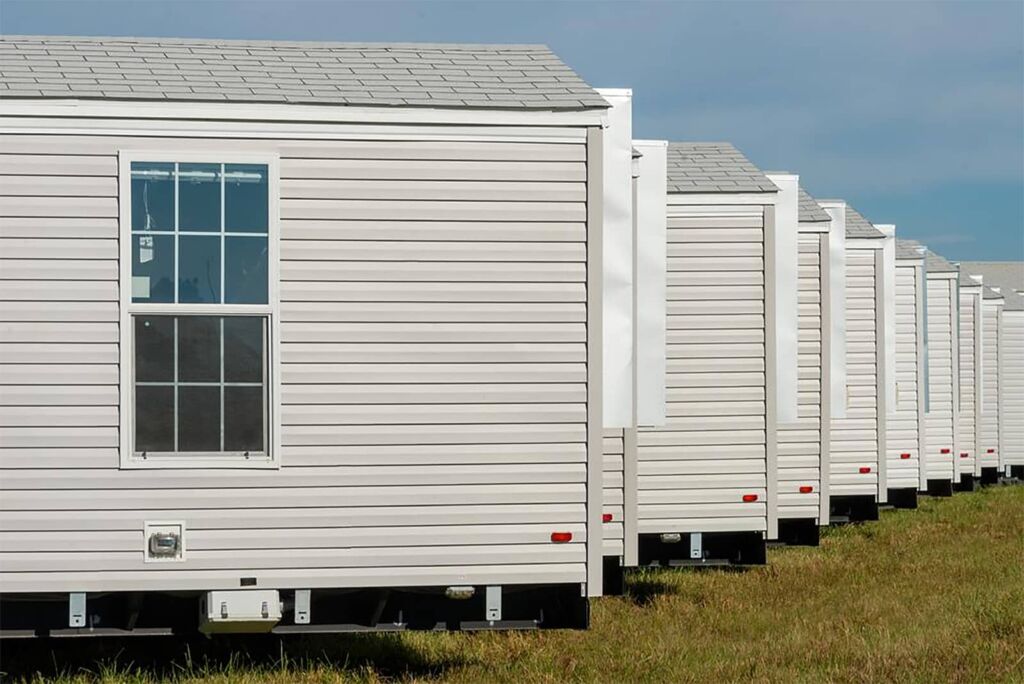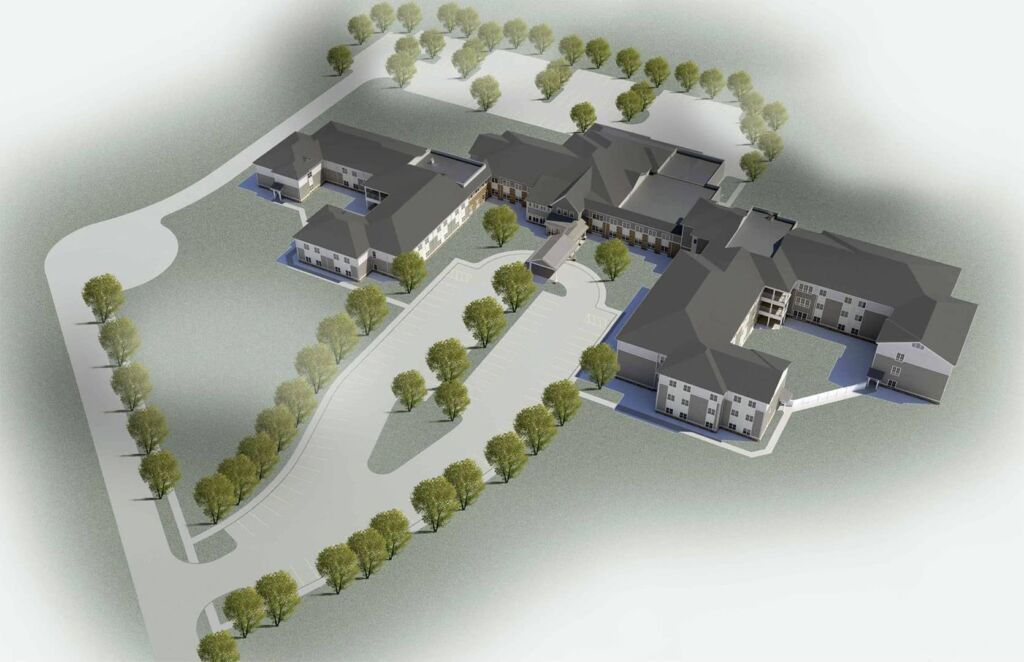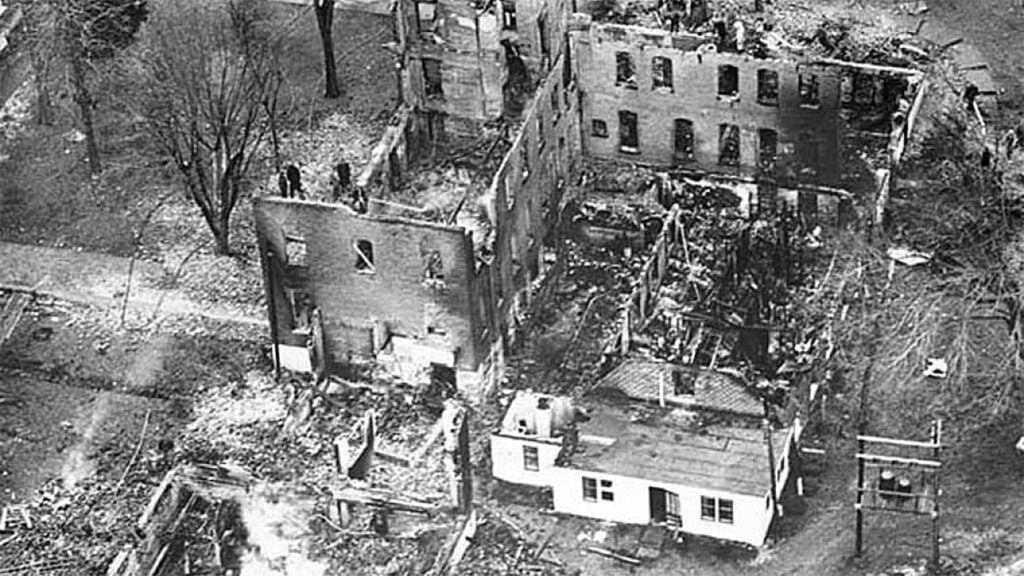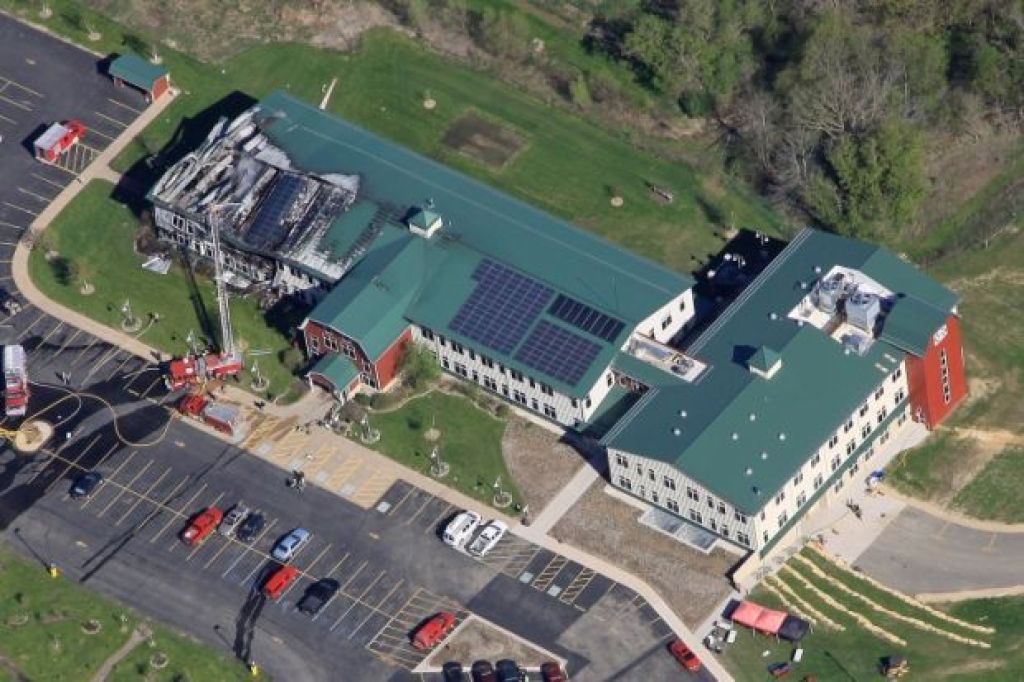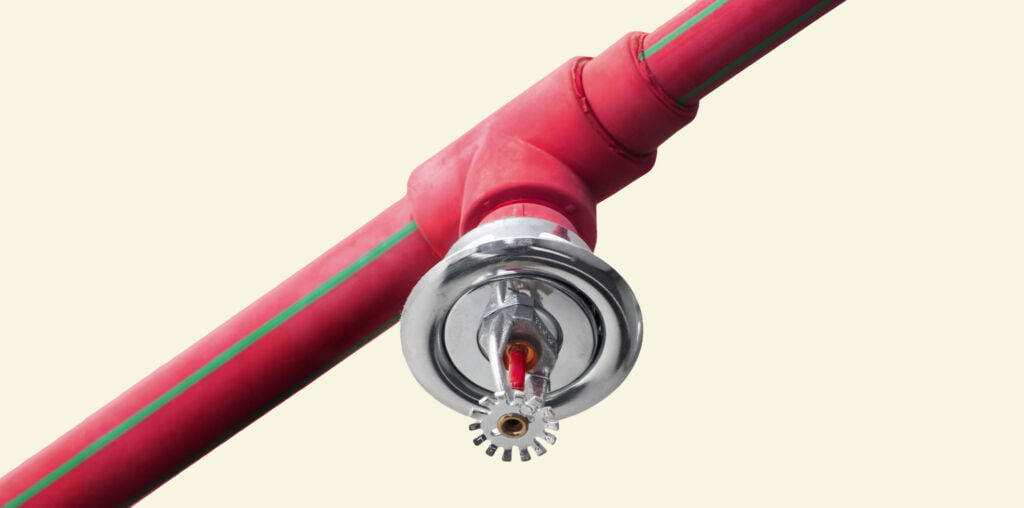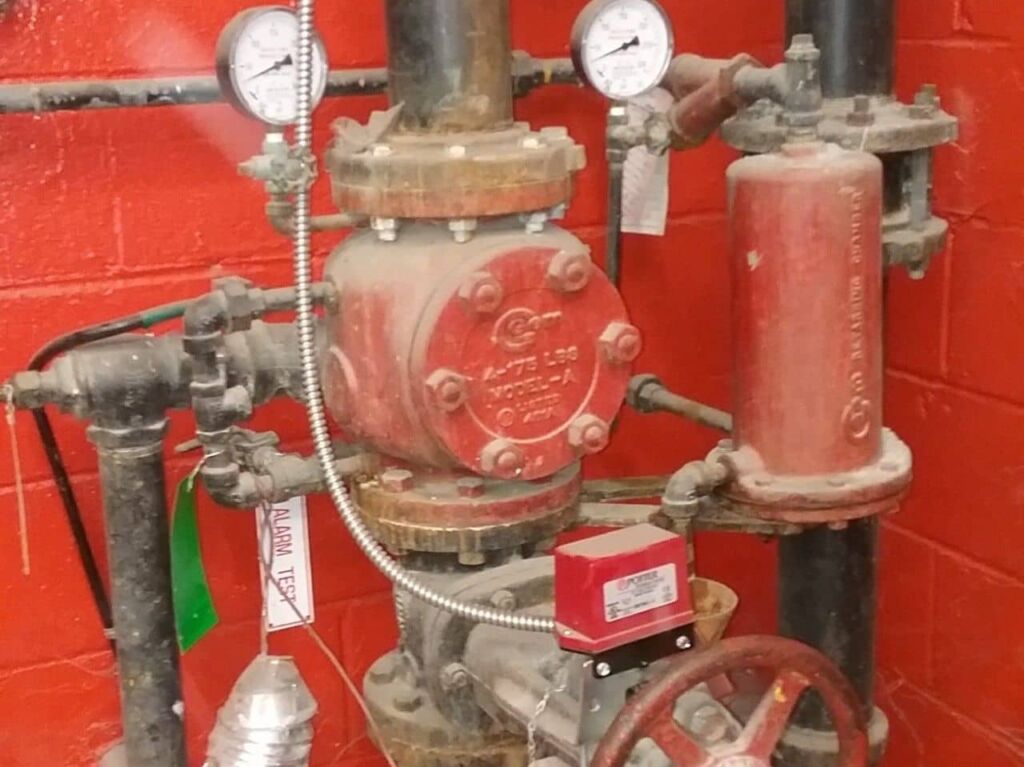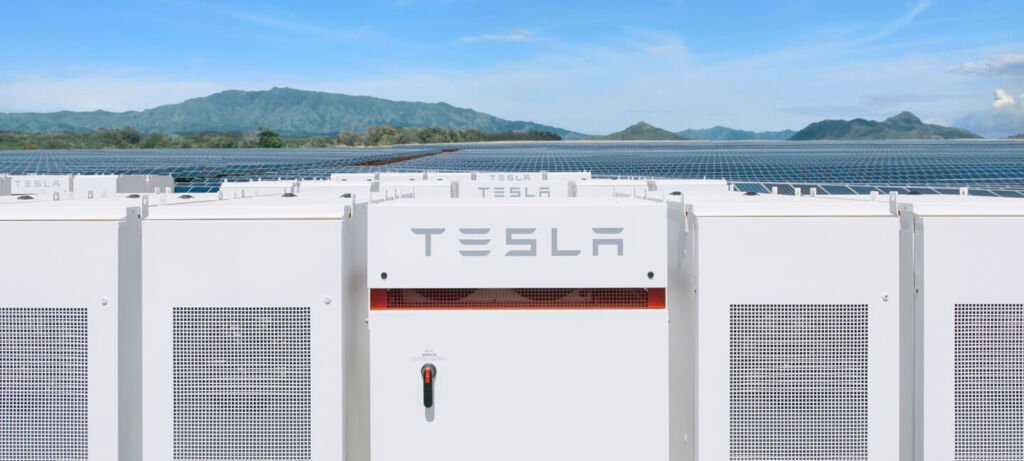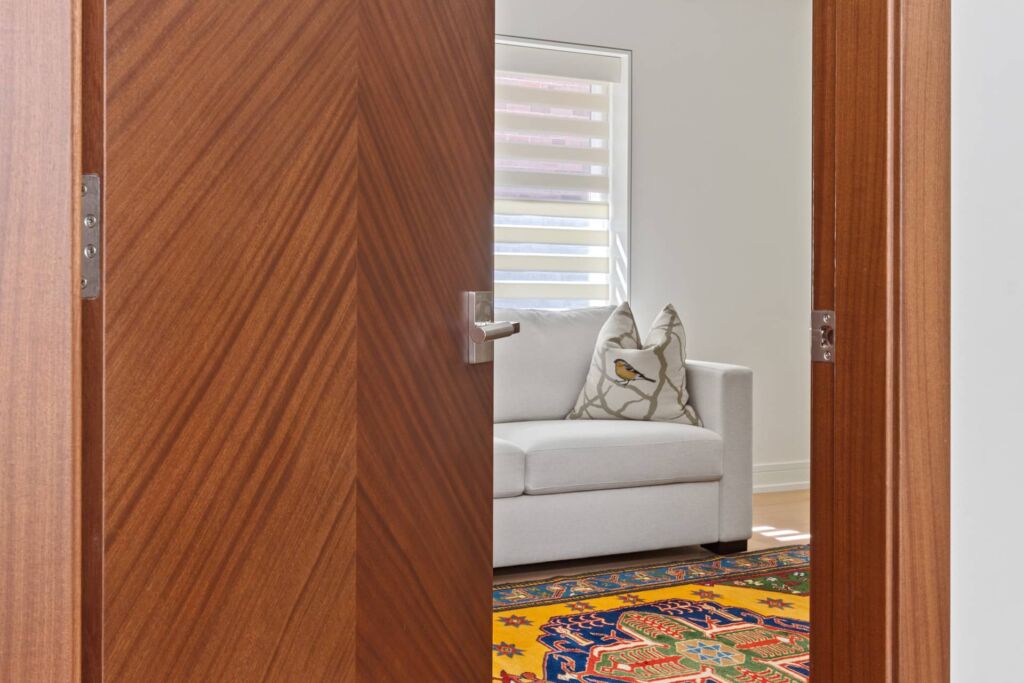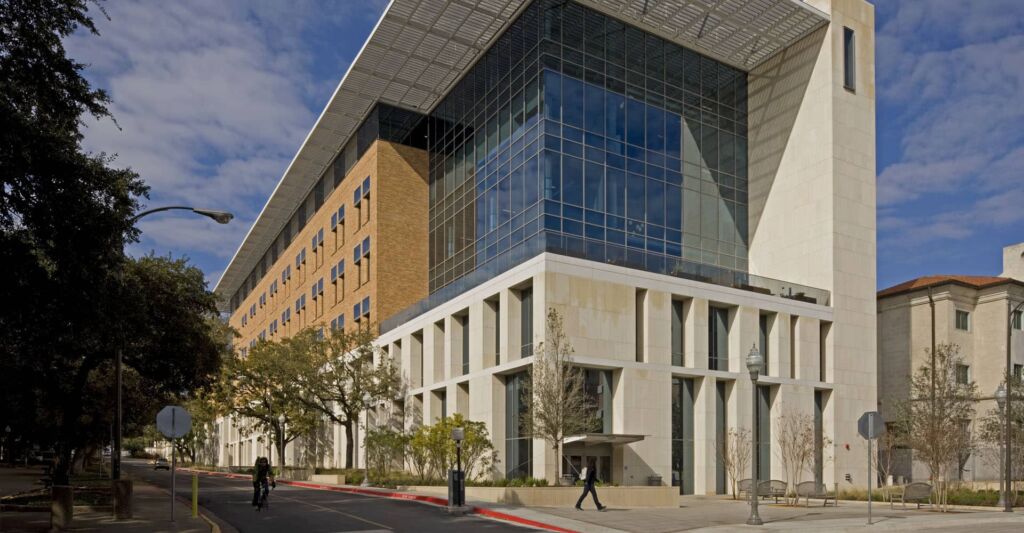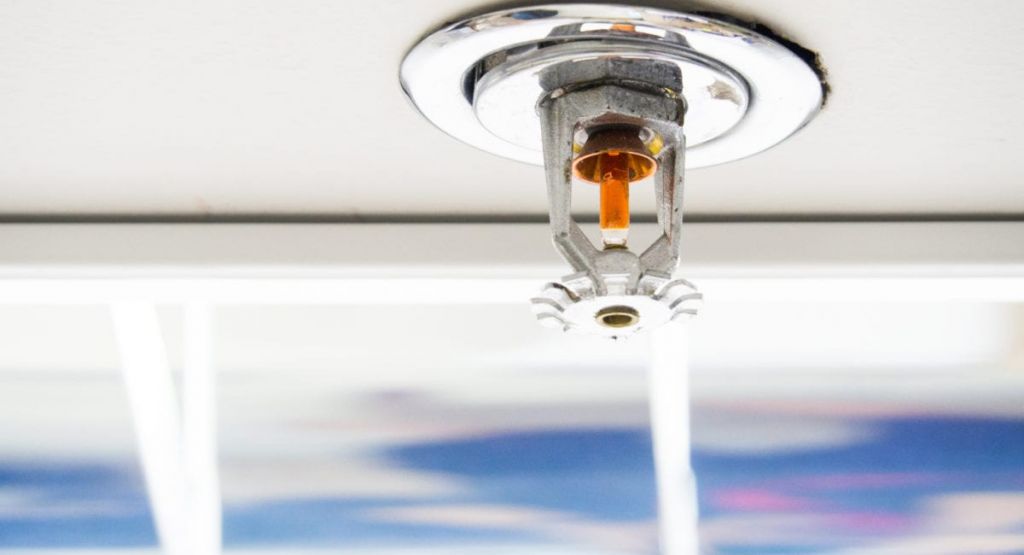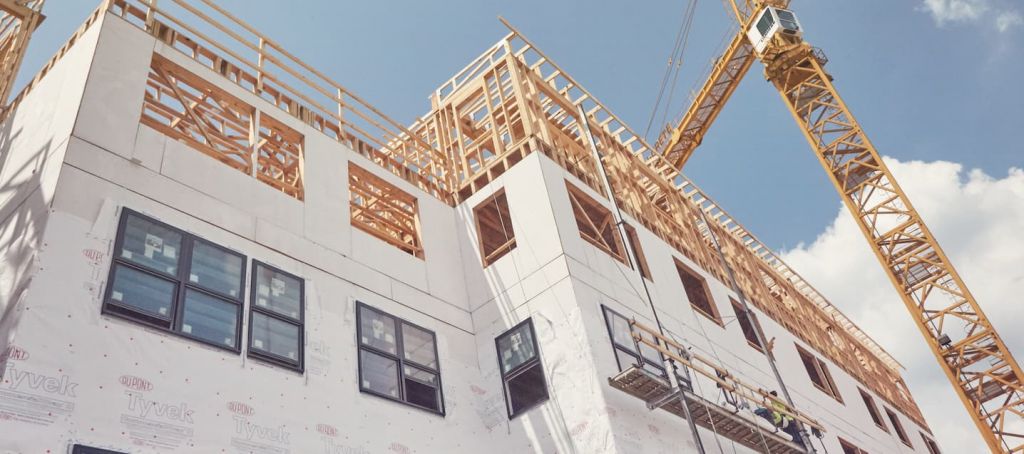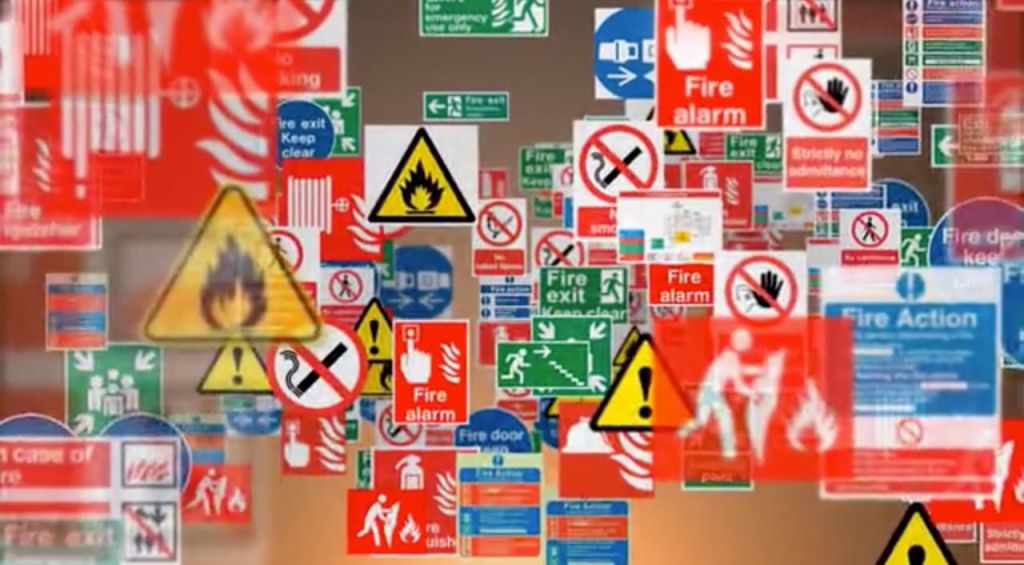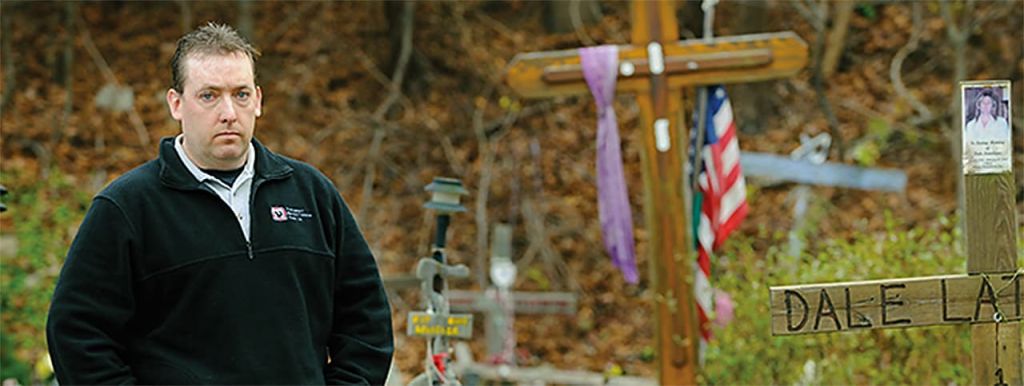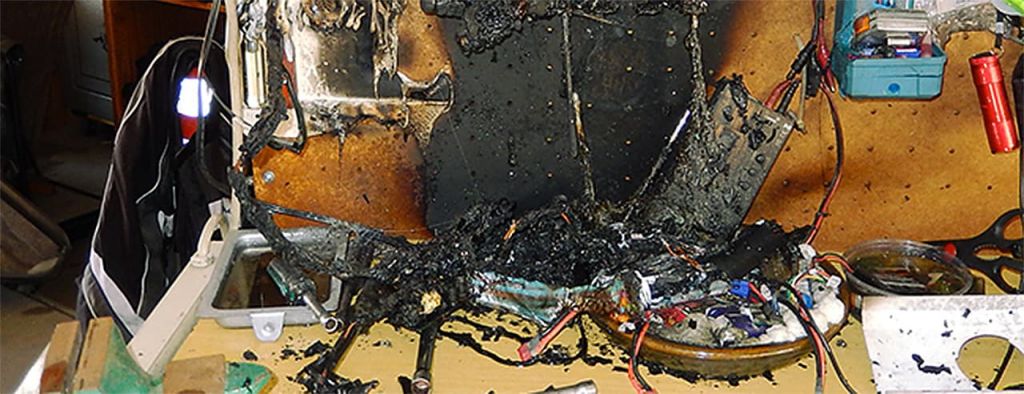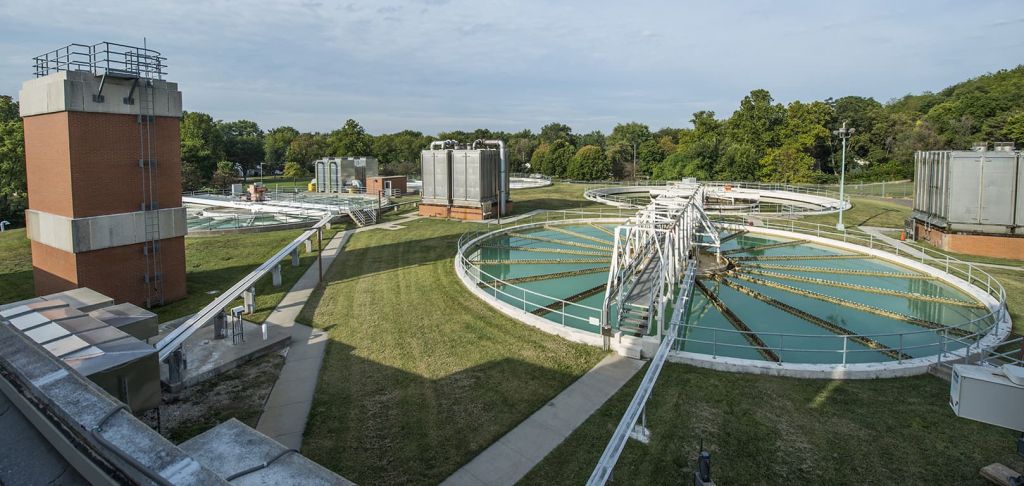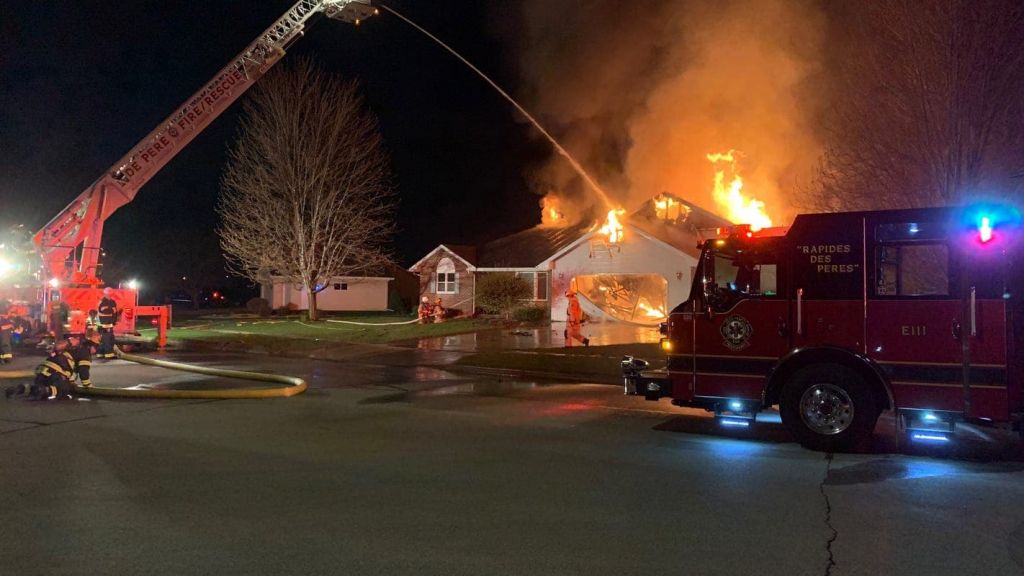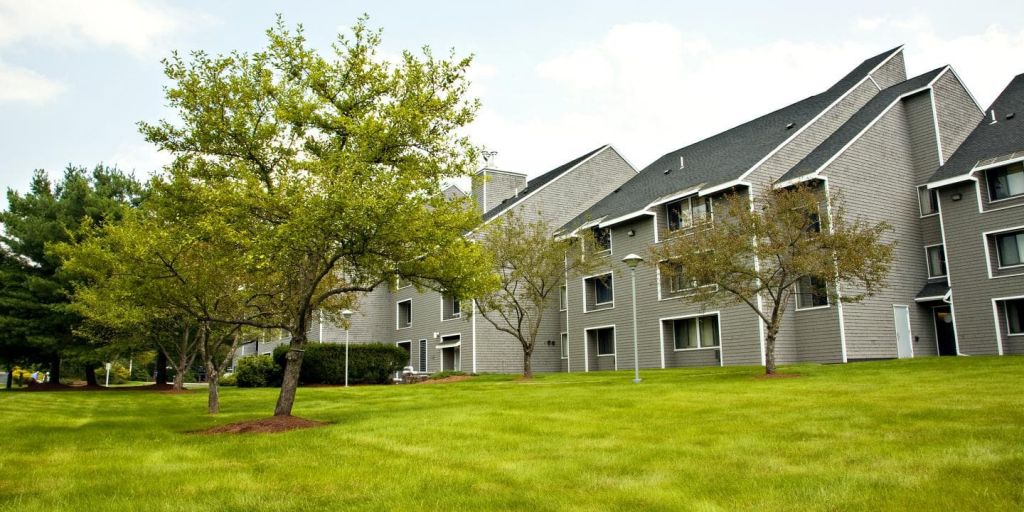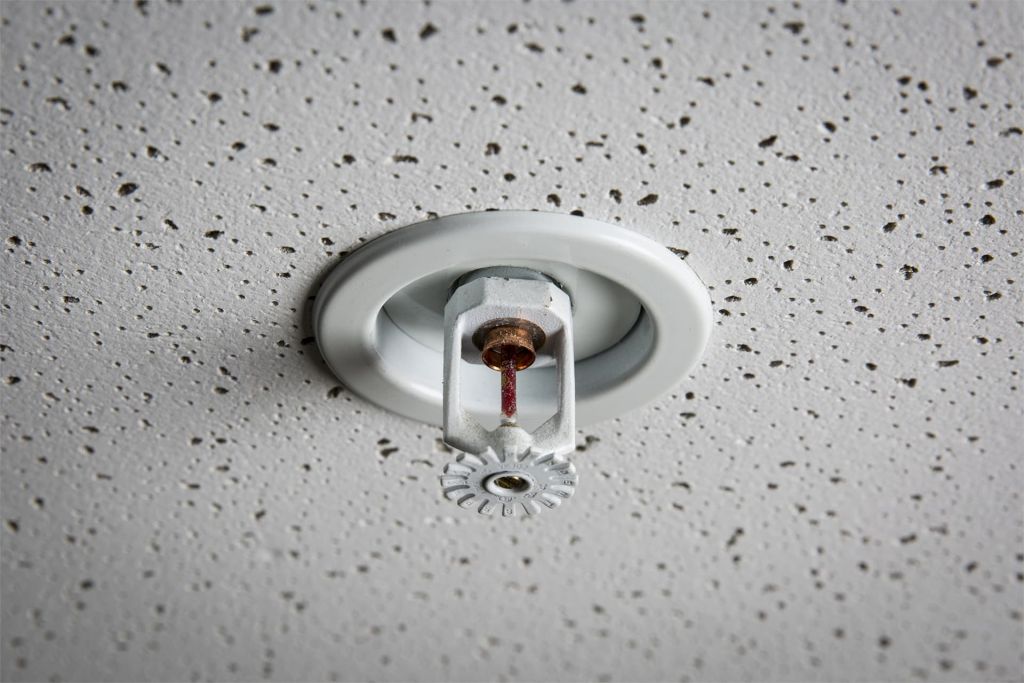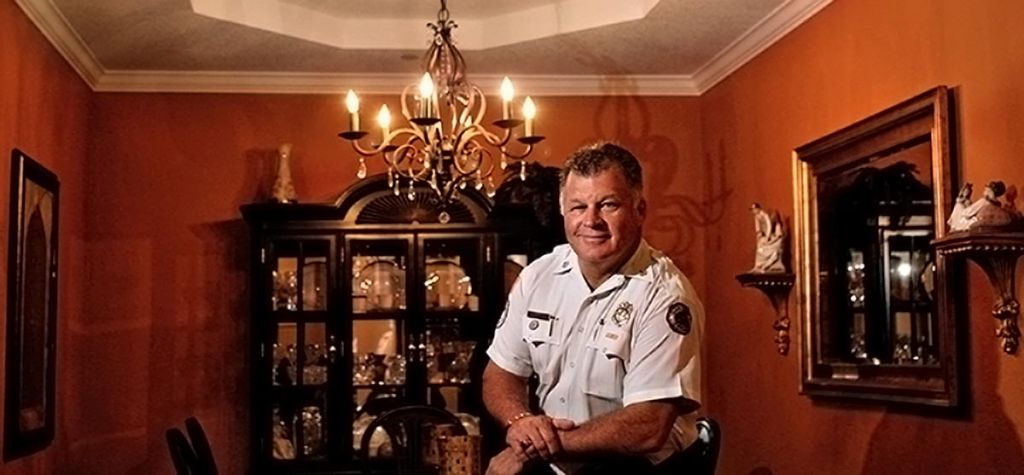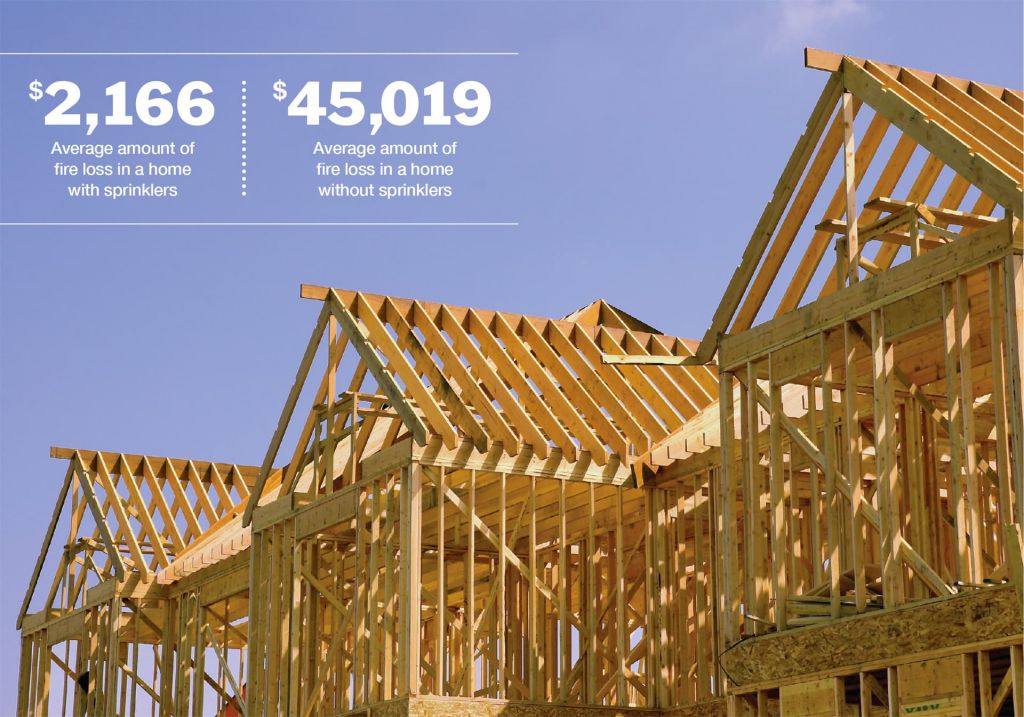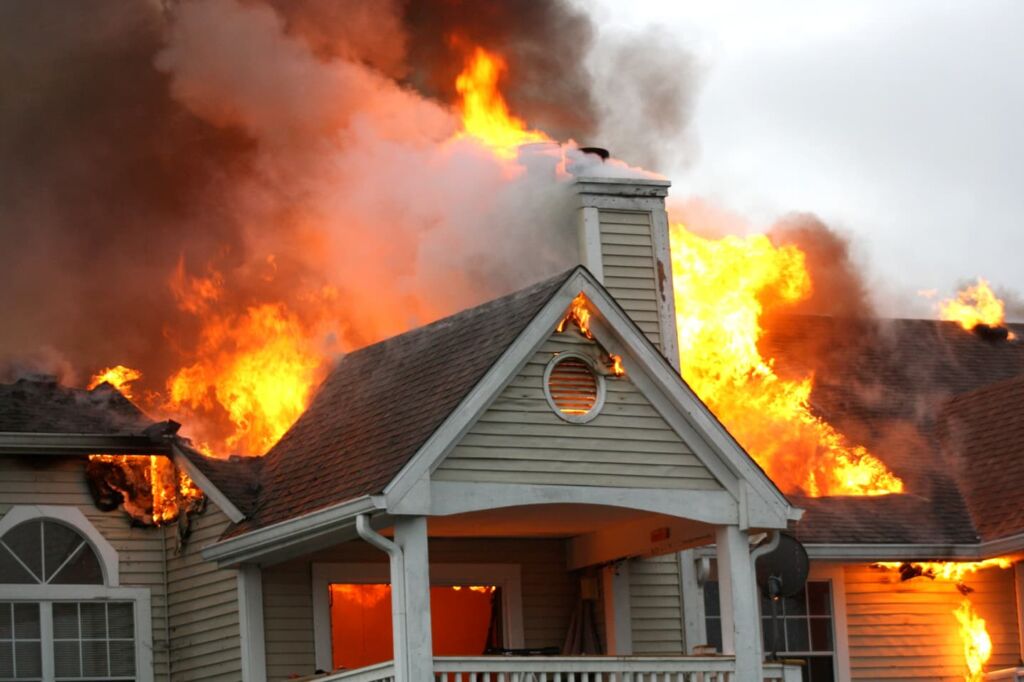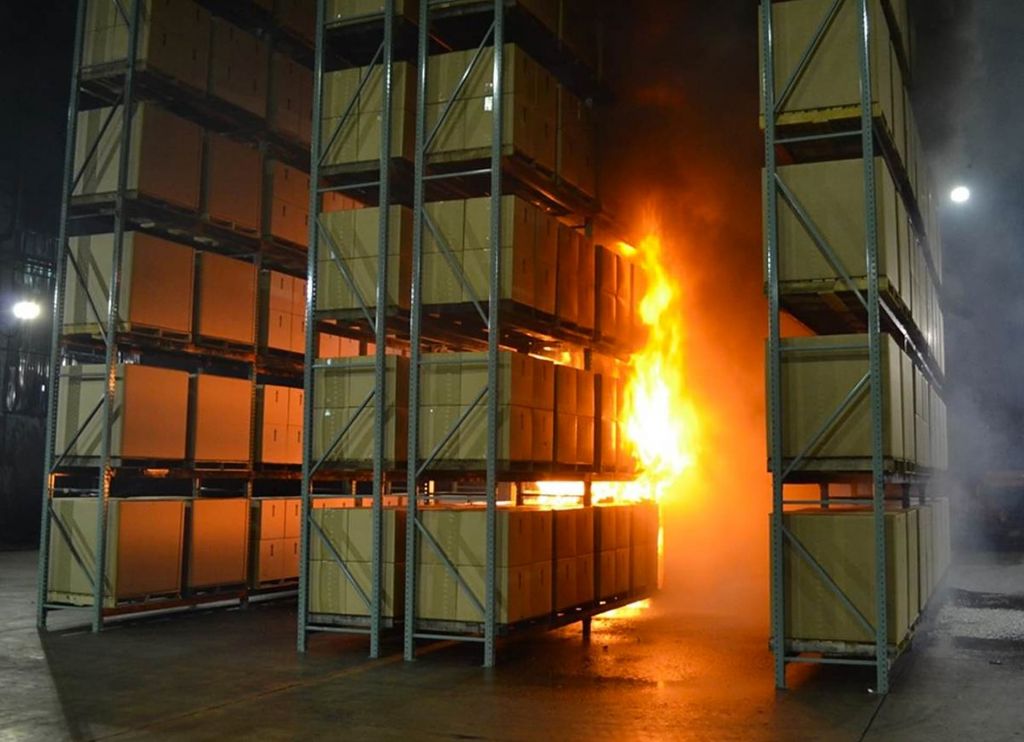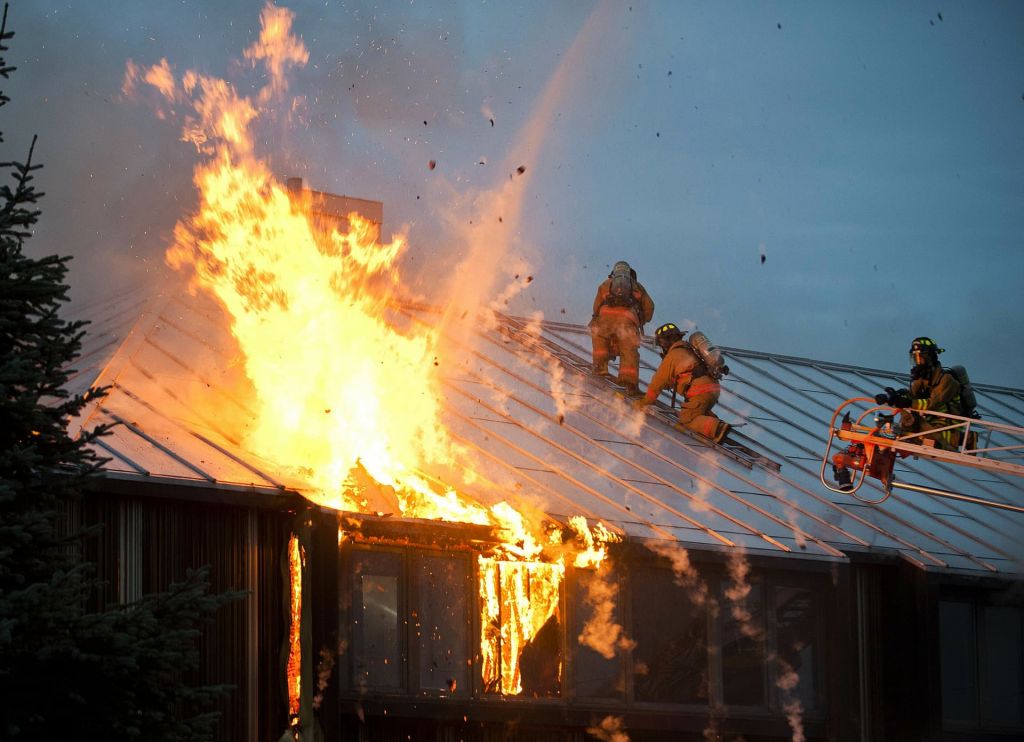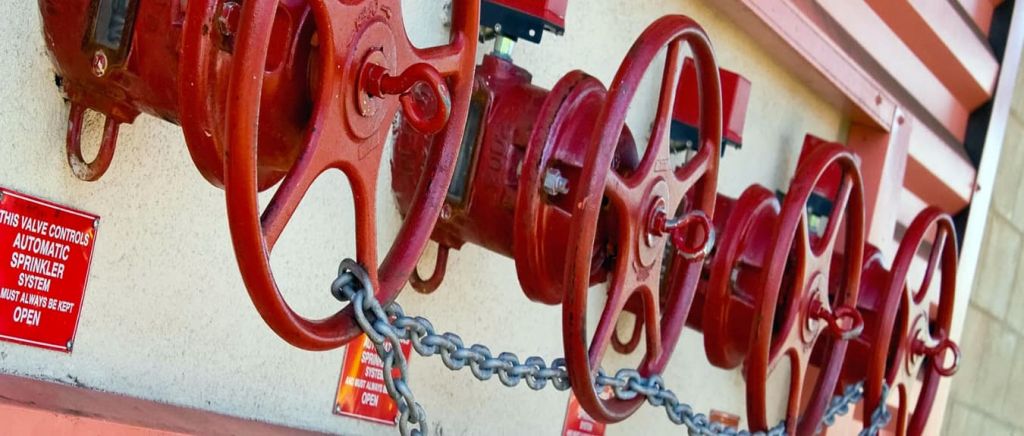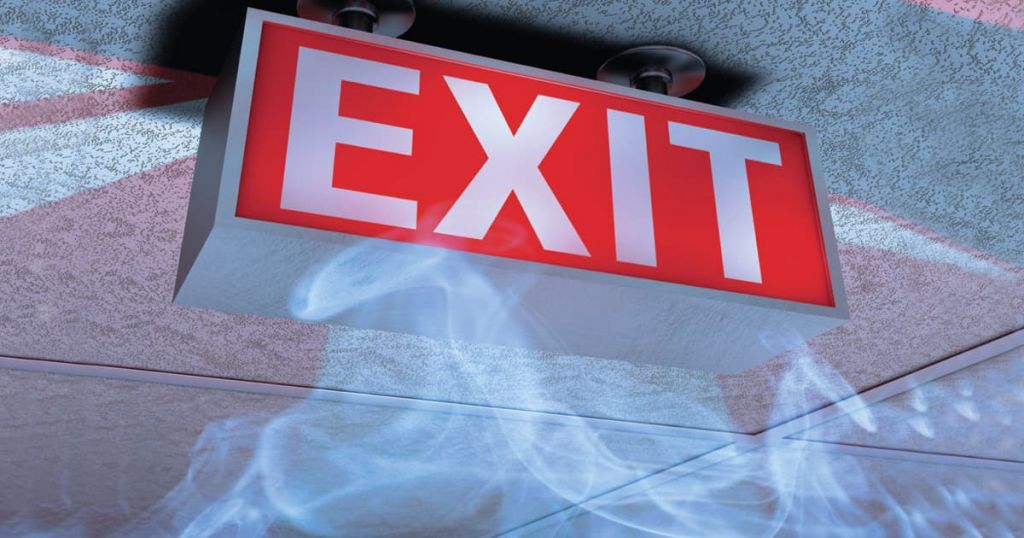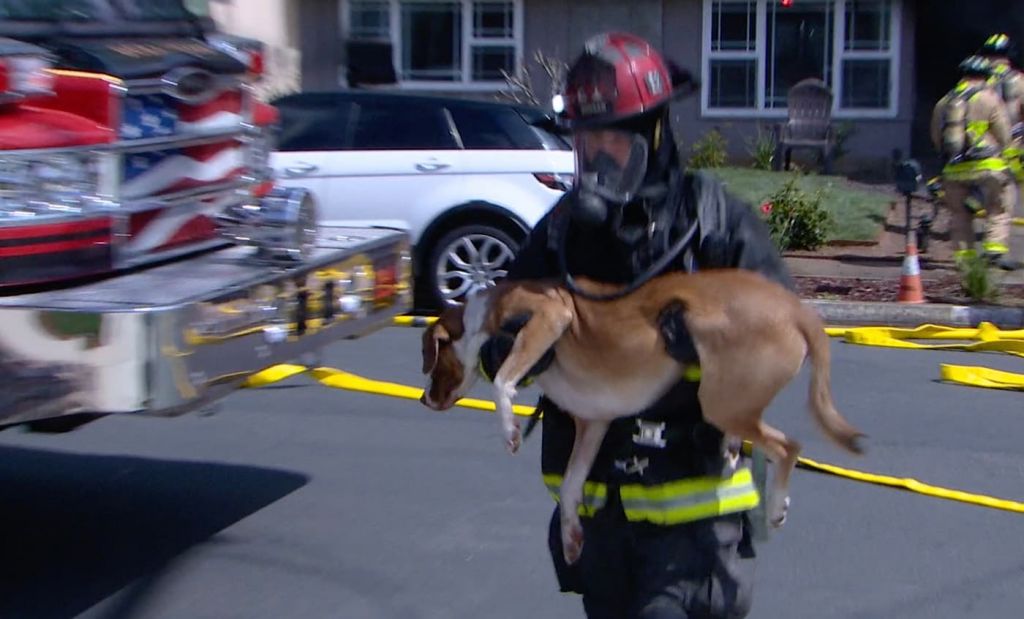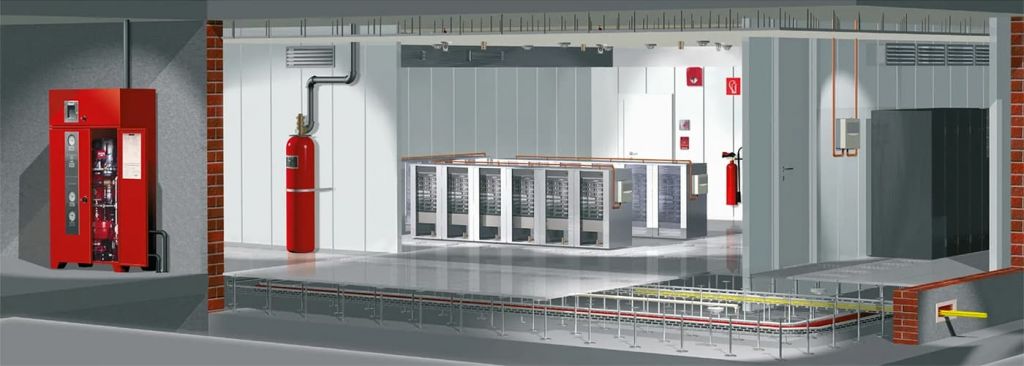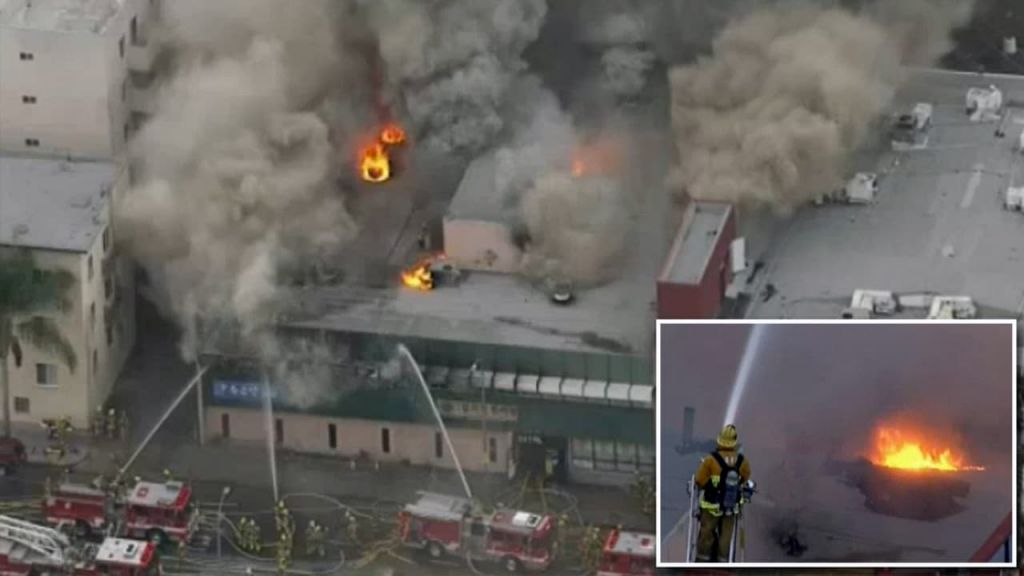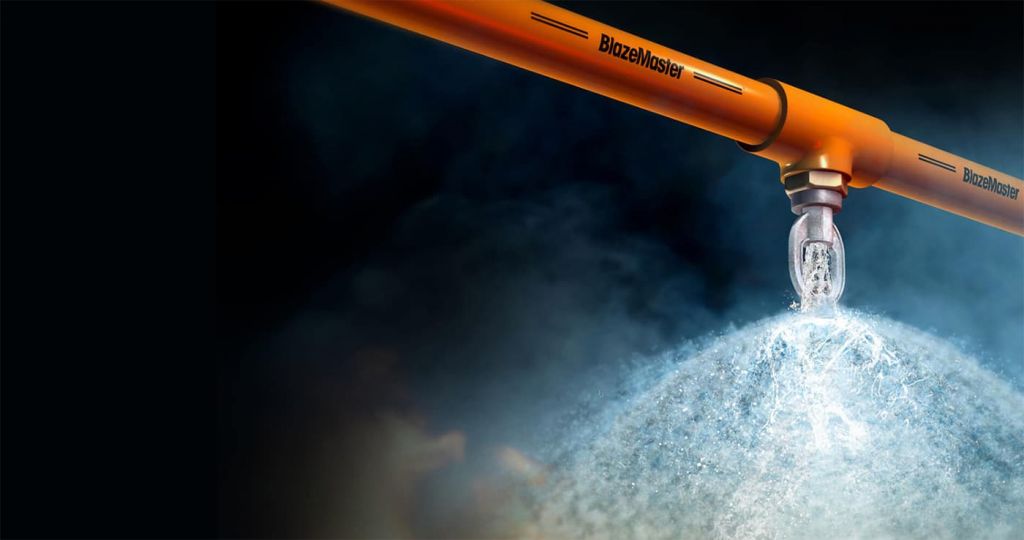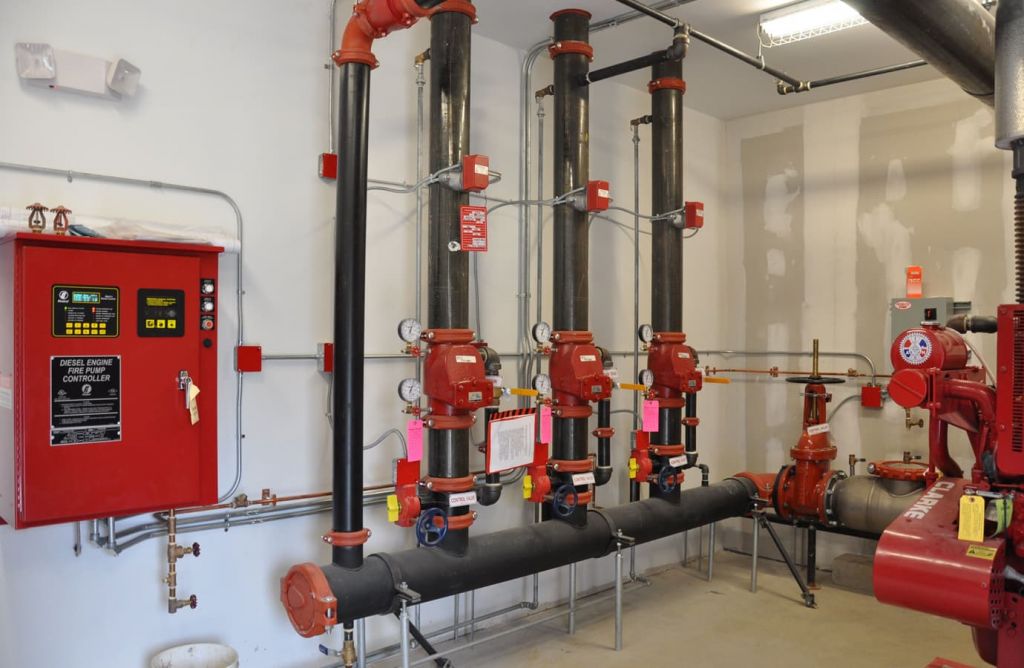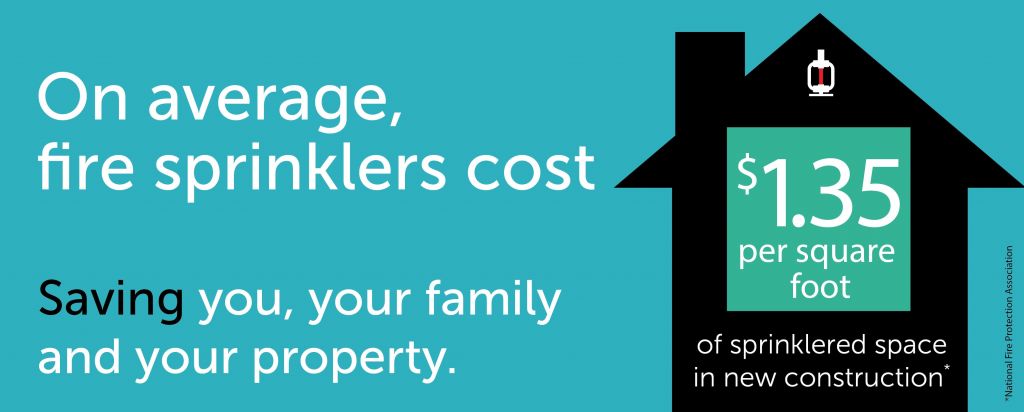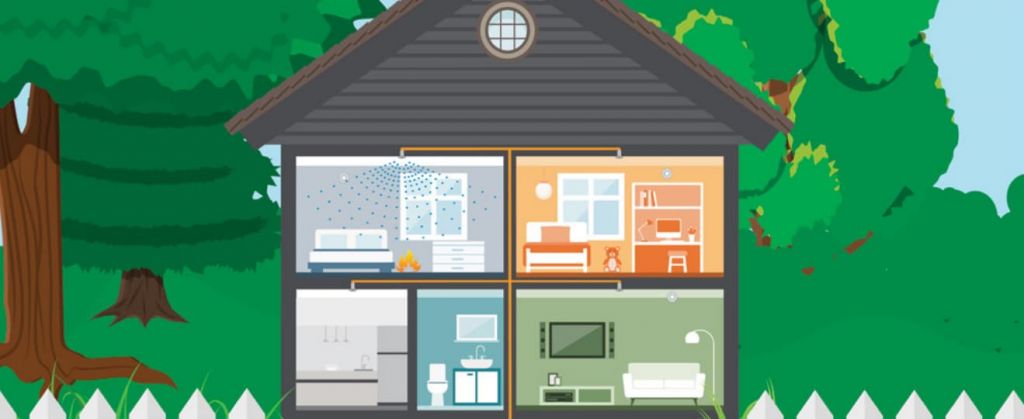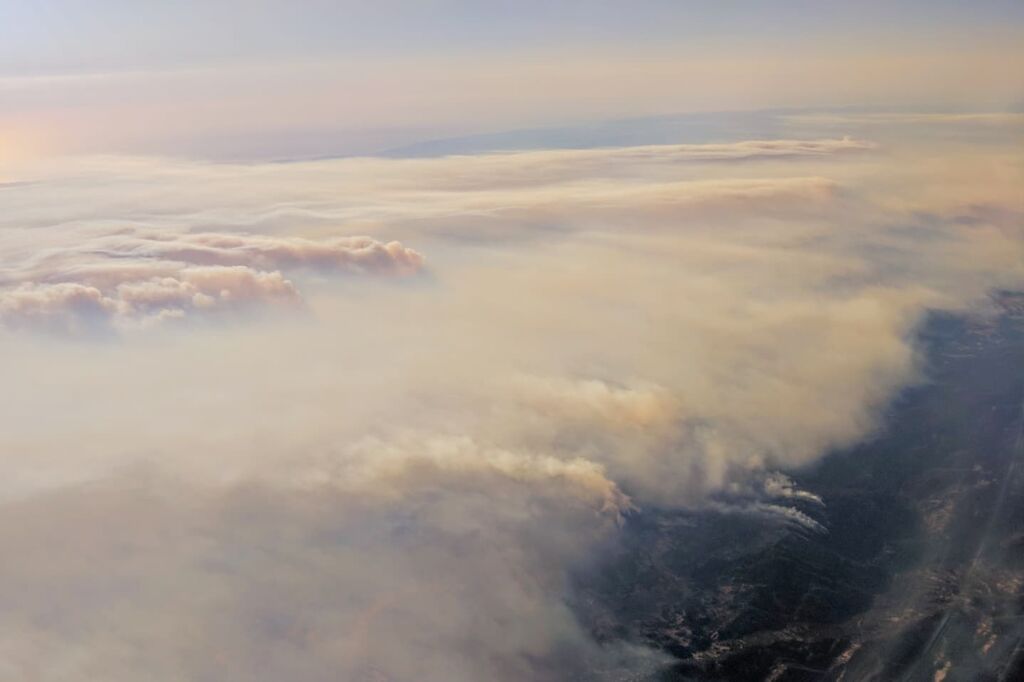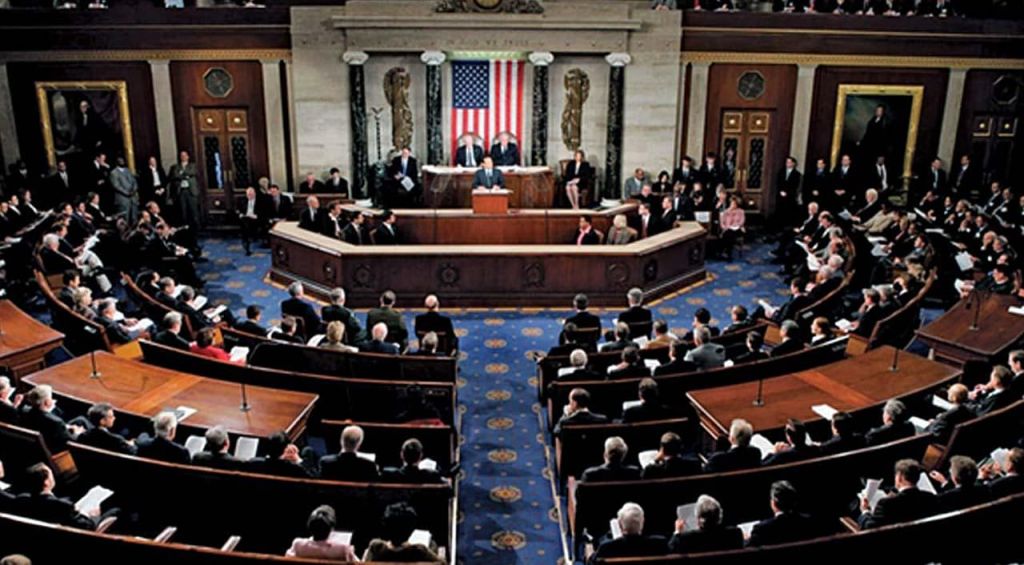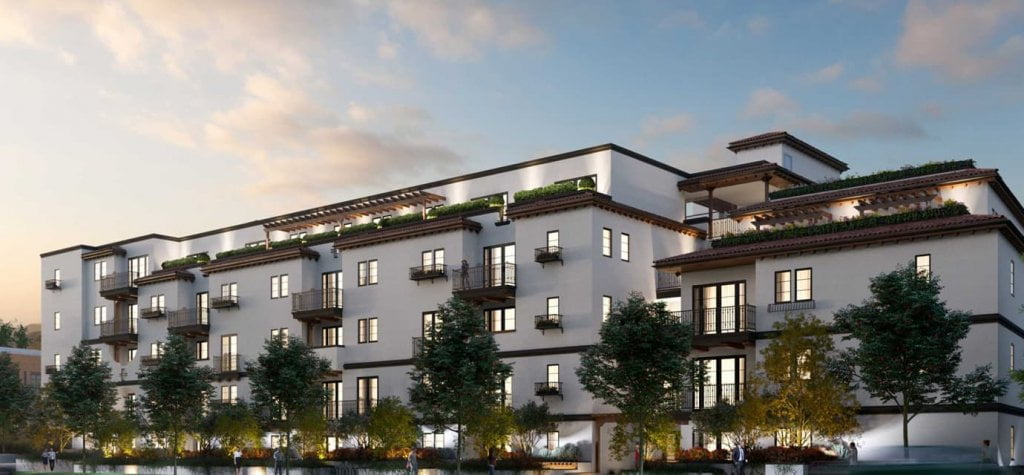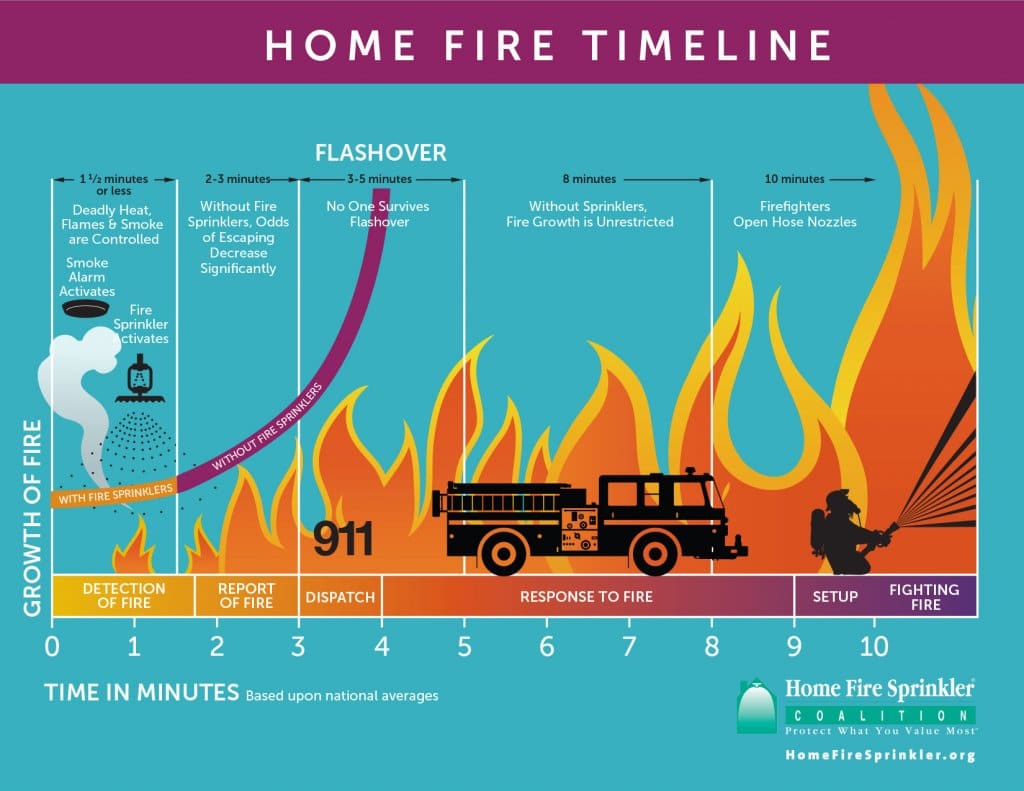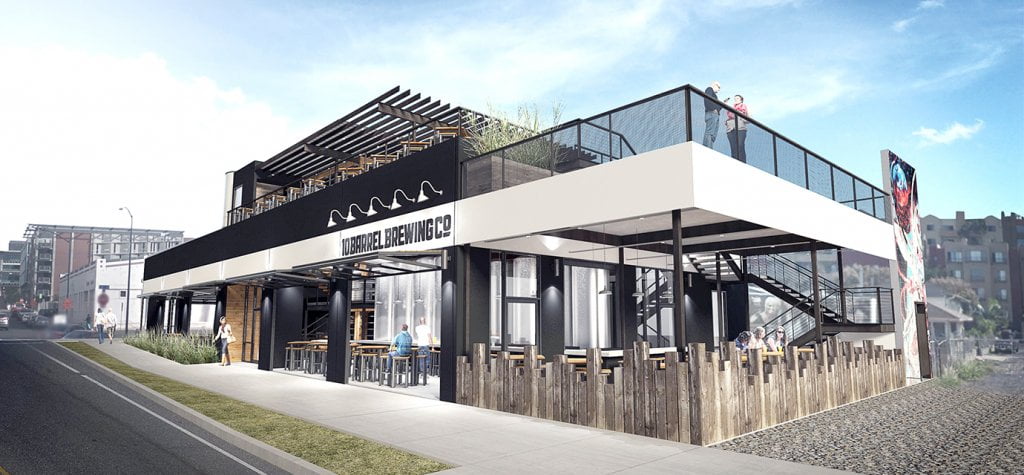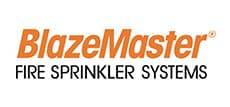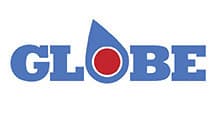Precision Fire Protection News
The Basics of Fire Sprinklers Functionality
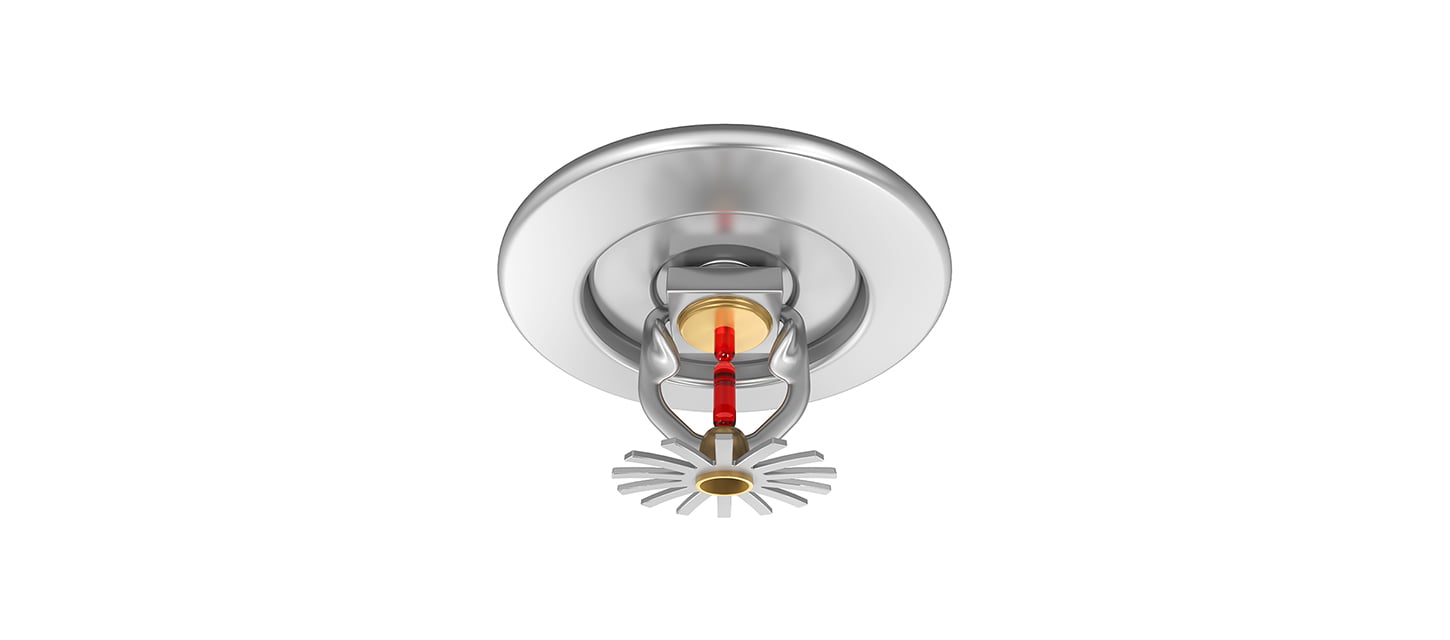
Certain sprinkler characteristics will help determine which is an appropriate type for your specific situation.
There are many different decisions that need to be made when it comes to designing a sprinkler system, such as what type of sprinkler system should be installed (check out this blog for more information on that topic), what type of piping should be used, and even which sprinkler should be selected. When manufacturers have well over a hundred different types of sprinklers it can be challenging to know which one to choose.
Certain sprinkler characteristics will help determine which is an appropriate type for your specific situation. NFPA 13 Standard for the Installation of Sprinkler Systems identifies a number of sprinkler characteristics including thermal sensitivity, temperature rating, k-factor, installation orientation, water distribution characteristics, and special service conditions. While these are all important, I’m going to focus on two particular sprinkler characteristics, thermal sensitivity and temperature rating.
Thermal Sensitivity
The thermal sensitivity of a sprinkler measures how quickly the thermal element operates. Perhaps the most common way of measuring thermal sensitivity is the response time index (RTI). Sprinklers are then categorized into fast or standard response based on their RTI. The RTI is typically determined by conducting a plunge test in which a sprinkler is placed (plunged) into a heated laminar airflow within a test oven. Then, the operating time of the sprinkler, the operating temperature of the sprinkler’s heat-responsive element, the air temperature of the test oven, the air velocity of the test oven, and the sprinkler’s conductivity factor are used to calculate the RTI. Additional factors impact the response such as the temperature rating of the sprinkler, sprinkler position, fire exposure, and radiation.
| Category | RTI (meters-second)1/2 [(ft-sec)1/2] |
| Fast Response | 50 or less (90 or less) |
| Standard Response | 80 or more (145 or more) |
There are also different types of fast response sprinklers. You may have heard of quick response or residential sprinklers. Both of these are fast response type sprinklers meaning they have an RTI of 50 meters-second1/2 or less, but they are considered different types of sprinklers because although their RTI is similar the performance characteristics and design parameters are different. RTI can also be expressed in (ft-sec)1/2 but the metric version is most common.
While this is all important to understand, the real question is, what does this mean when selecting sprinklers? Certain situations require specific types of thermal sensitivity ratings per NFPA 13, but we are going to focus on the broader concept of why you may choose a fast response sprinkler over a standard response sprinkler or vice versa.
It should be noted that a number of other factors will impact when and how quickly a sprinkler operates under true fire conditions. Variables such as ceiling height, spacing between sprinklers, ambient room temperature, and the distance the sprinkler is below the ceiling will all impact the time to operation. However, if all these elements are held constant, a fast response sprinkler would operate before a standard response sprinkler. In some situations, such as in a light hazard occupancy this is ideal. Since a low hazard occupancy has a low quantity and combustibility of contents, we expect the fire growth to be relatively slow when compared to other hazard classifications. Therefore, a fast response sprinkler will open earlier and be able to control the fire. In some situations, opening earlier is not ideal and therefore a standard response sprinkler is preferred, or even required. In certain storage applications, where fire growth is much faster, if fast response sprinklers are used additional sprinklers may be opened than the system was designed for. This could result in lower amounts of water and pressure flowing from each sprinkler resulting in less water over the actual fire and ultimately causing the sprinkler system to be ineffective in controlling the fire. If standard spray sprinklers were used, less sprinklers would operate, and this could provide enough time for those sprinklers to control the fire before others operate.
Temperature Rating
Looking closely at sprinklers with glass bulbs, you may have noticed that there are different color bulbs. The colors identify the temperature rating of the sprinkler. The temperature rating of the sprinkler selected needs to consider the maximum ambient ceiling temperature as well as the occupancy classification. If the maximum ambient ceiling temperature isn’t considered, it could result in accidental sprinkler operation since sprinklers are activated by heat. If the sprinkler does not have a glass bulb, then the frame arm, deflector or coating material will usually have some color indicating the temperature rating.
Temperature classifications range from ordinary which has a temperature rating of 135-170OF (57-77OC) to ultra-high which has a temperature rating of 650OF (343OC). Typically, ordinary or intermediate which has a temperature rating of 175-225OF (79-107OC) sprinklers are required to be installed unless a certain situation calls for a higher temperature classification. Some examples of situations that require higher temperature ratings are sprinklers installed in commercial-type cooking equipment and sprinklers installed within certain distances of heat sources.
| Max Ceiling Temperature oF (oC) | Temperature Rating oF (oC) | Temperature Classification | Glass Bulb Colors | Color Code |
| 100 (38) | 135-170 (57-77) | Ordinary | Orange or Red | Uncolored or Black |
| 150 (66) | 175-225 (79-107) | Intermediate | Yellow or Green | White |
| 225 (107) | 250-300 (121-149) | High | Blue | Blue |
| 300 (149) | 325-375 (163-191) | Extra High | Purple | Red |
| 375 (191) | 400-475 (204-246) | Very Extra High | Black | Green |
| 475 (246) | 500-575 (260-302) | Ultra High | Black | Orange |
| 625 (329) | 650 (343 | Ultra High | Black | Orange |
Conclusion
At first glance, thermal sensitivity and temperature rating may seem like they address the same concern. However, they do not. Thermal sensitivity dictates how quickly a sprinkler will operate while temperature rating is based on the ambient ceiling temperature. In both cases though, it is important that all sprinklers in a given compartment have the same thermal sensitivity and the same temperature rating. Mixing can cause a phenomenon known as skipping. We expect the sprinkler closest to the fire to operate first. If that sprinkler alone isn’t able to control the fire, then we would expect the next closest sprinkler(s) to operate. This pattern would continue until enough sprinklers have opened to control the fire.
However, if different thermal sensitivities or temperature ratings are used, instead of the closest sprinklers operating, you could have a situation where a sprinkler closer to the fire does not operate and a sprinkler further away does. This is known as skipping and can have negative consequences on the performance of the system.
It should be noted that only a mix of ordinary- and intermediate-temperature sprinklers are permitted throughout a building unless a specific situation requires the use of a higher rated sprinkler, such as proximity to a heat source or high ambient ceiling temperatures.
(SOURCE: NFPA)
PEOPLE We Protect
Our Distributors and Suppliers
Experience
Our team started in the fire protection industry over 20 years ago. Since then we have grown into a statewide fire protection construction leader. Our team of project managers, engineers, designers, inspectors, installers, and technicians all share a passion for quality work and high standards. Precision Fire Protection understands the need to complete projects with integrity, safety, and precision!
Dedication
Our mission is to provide our customers with timely, high quality, affordable fire protection services that are guaranteed. We strive to achieve our client’s complete satisfaction. We are relentless in applying the highest ethical standards to ourselves and to our services and in communications with our customers. We aim to fulfill that mission in everything we do.
Precision
Precision Fire Protection keeps its team together, even when it's not. Just as vital as field personnel’s tools are, our project managers are equipped with the latest software to manage projects. Our project managers send dailies, RFIs, and plan revisions to the cloud so that everyone has access no matter where they are. Being connected is our way of ensuring every project goes smoothly.
Safety
Our team of multi-certified managers and supervisors are highly experienced in job safety. Our managers are OSHA certified to handle each project with care and sensitivity to every unique job site. By ensuring on-site safety on every project we work on throughout Southern California, Precision Fire Protection has developed positive relationships with our General Contractors.























